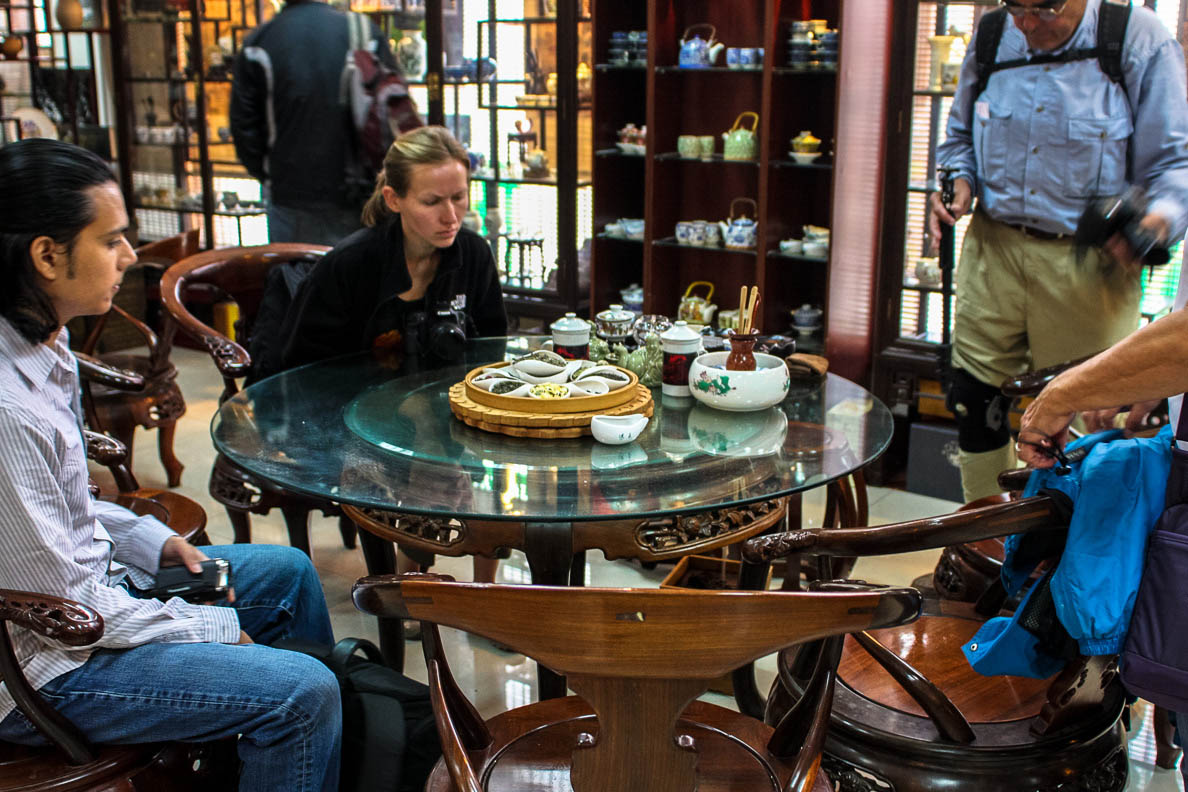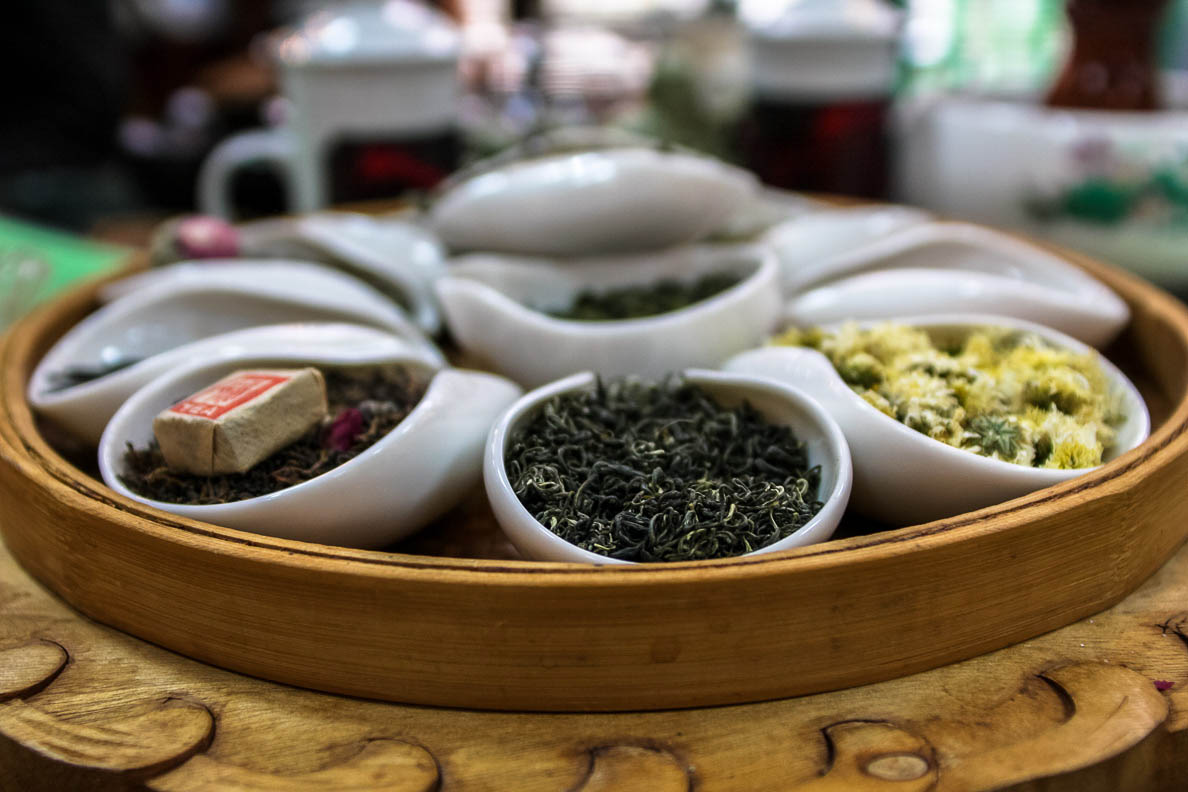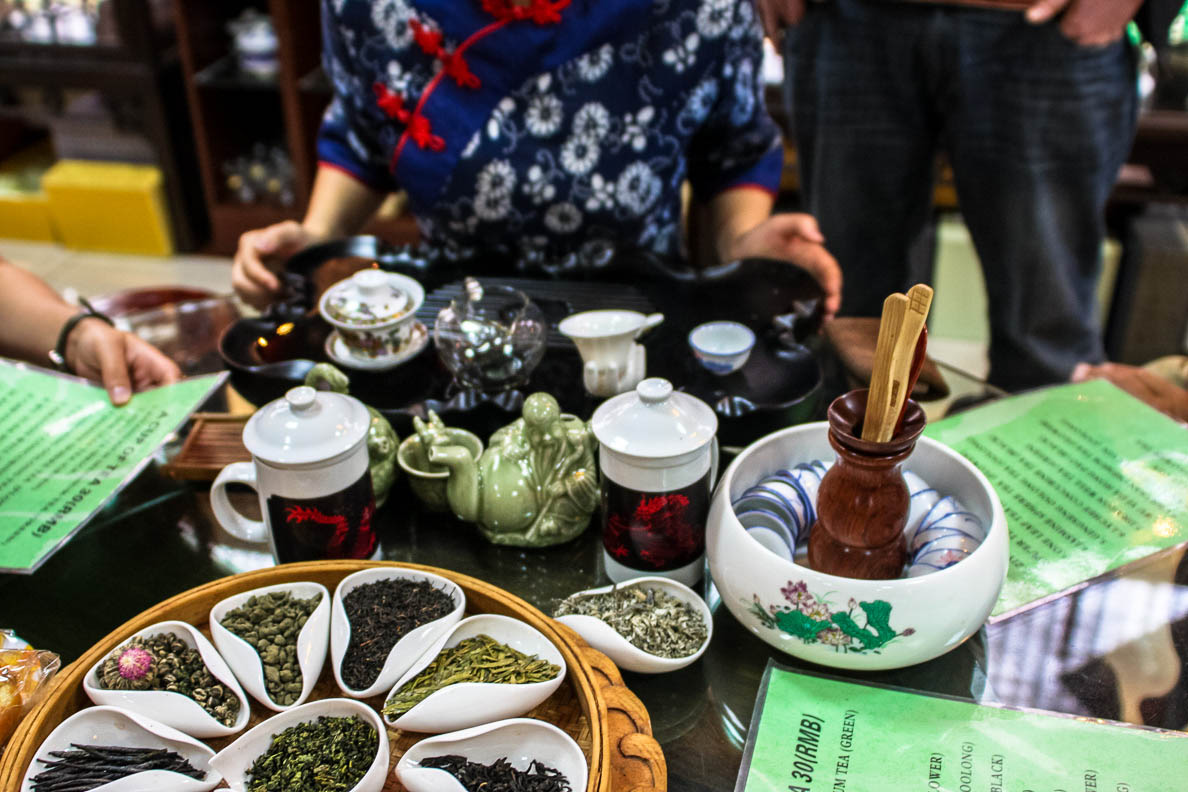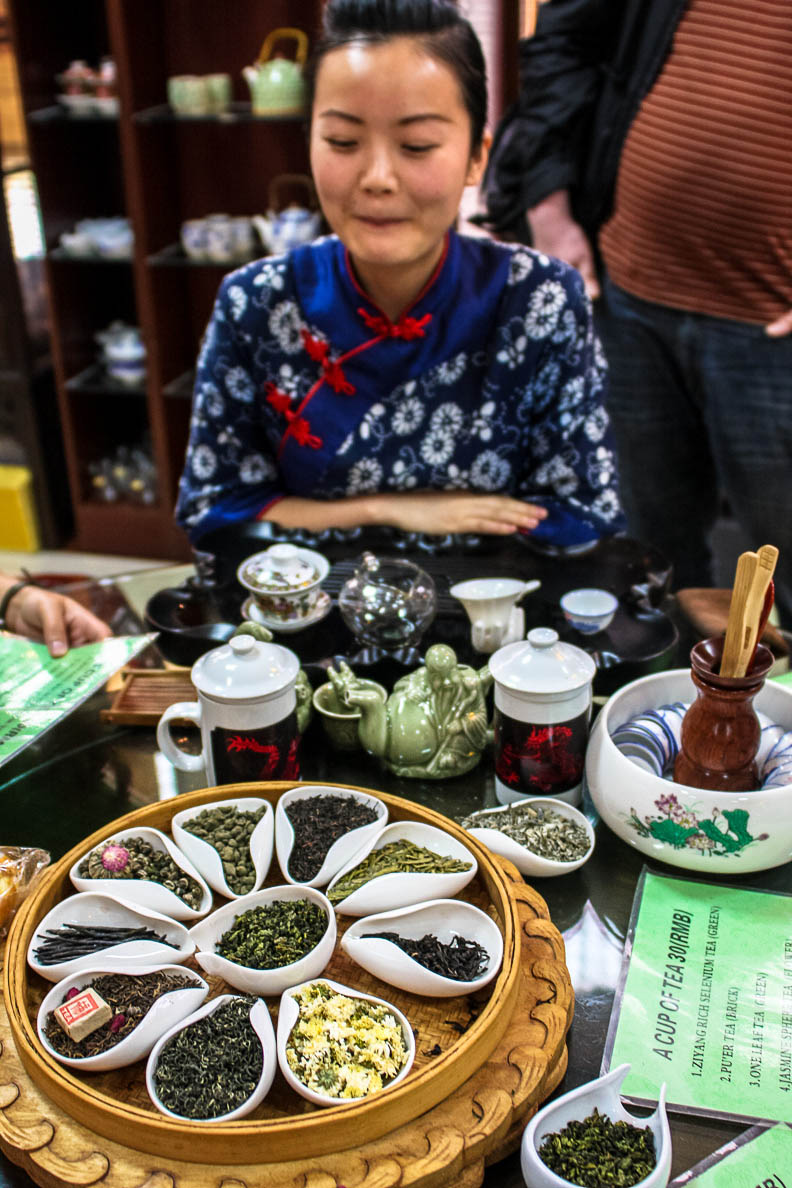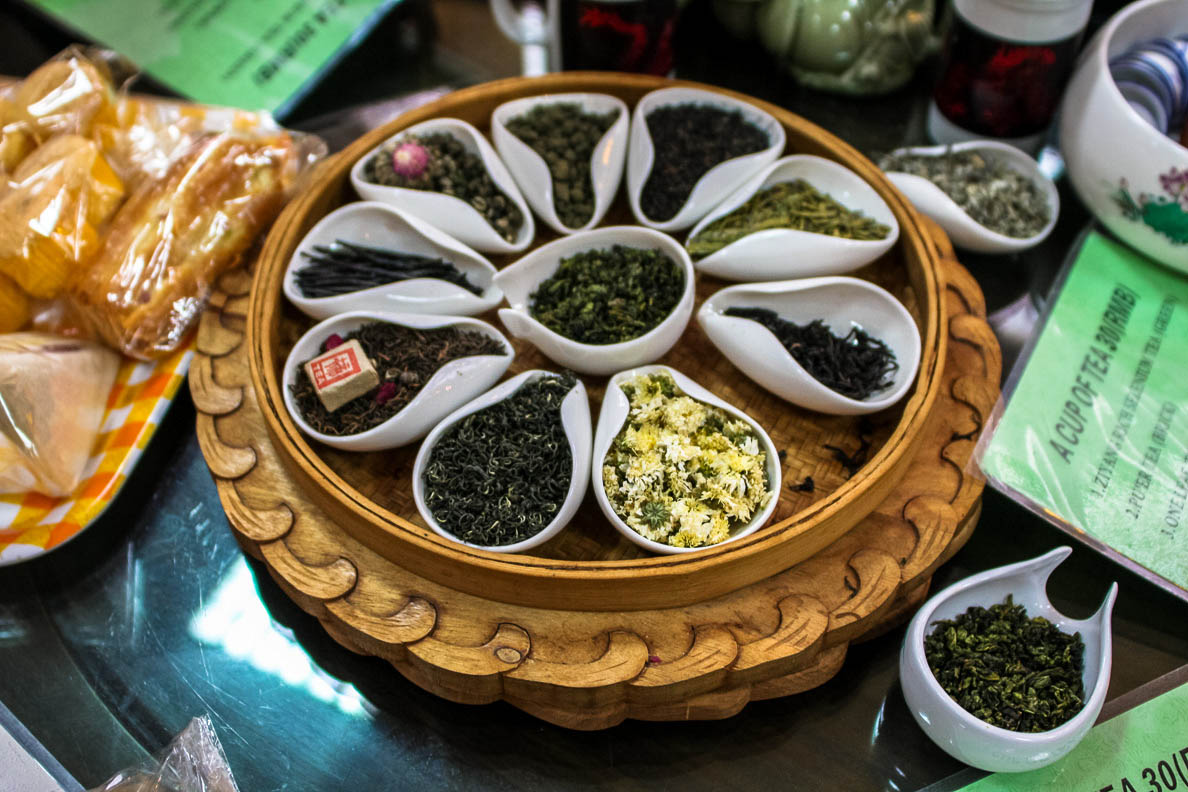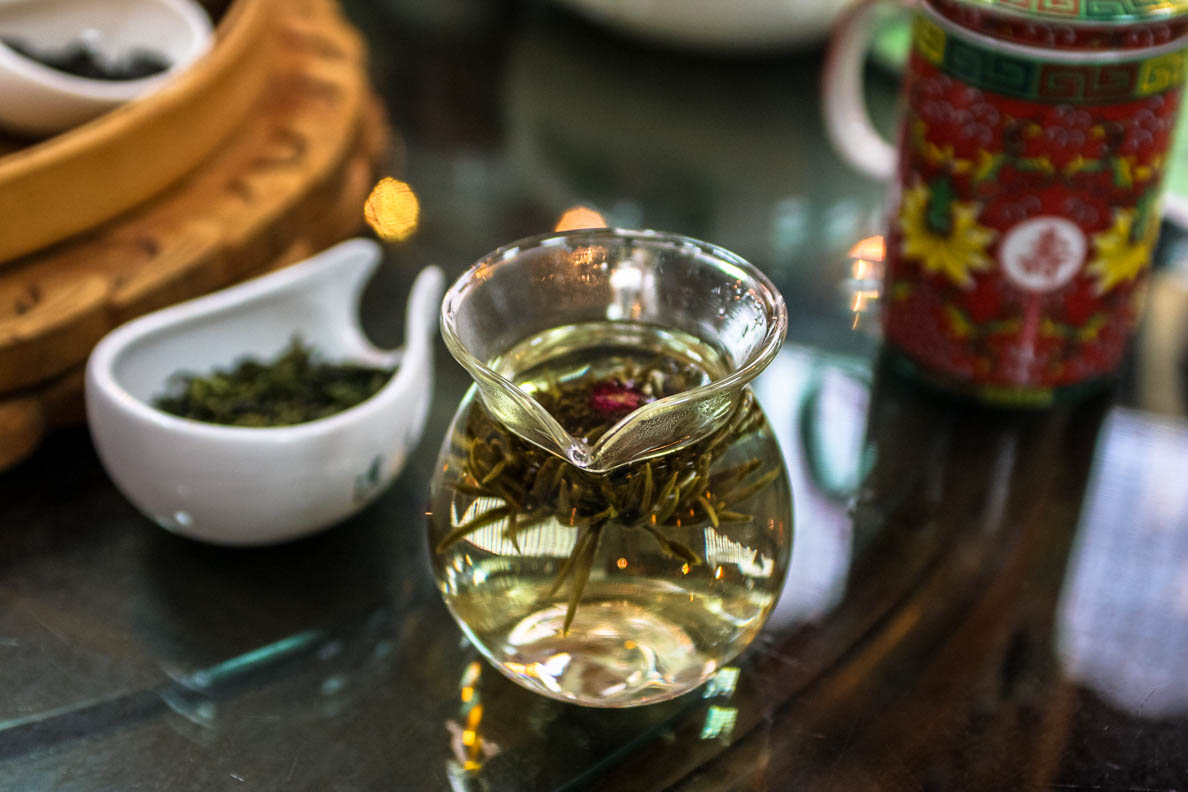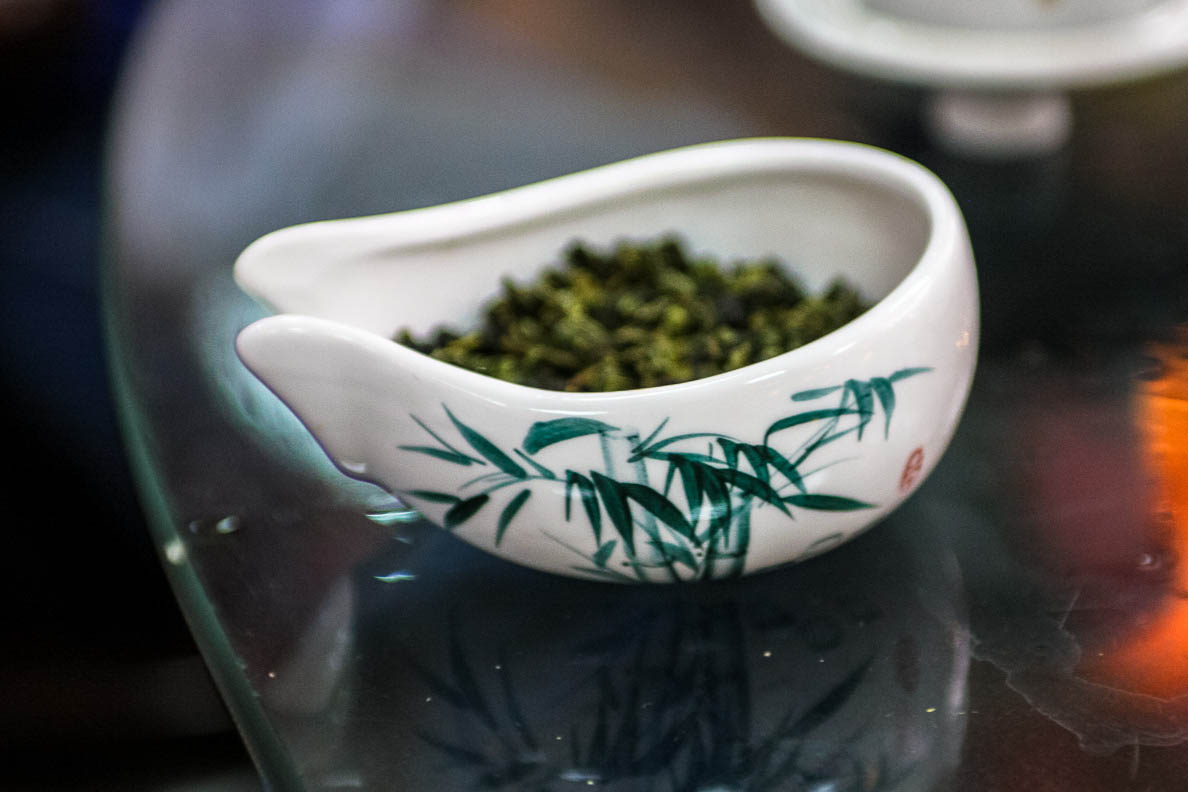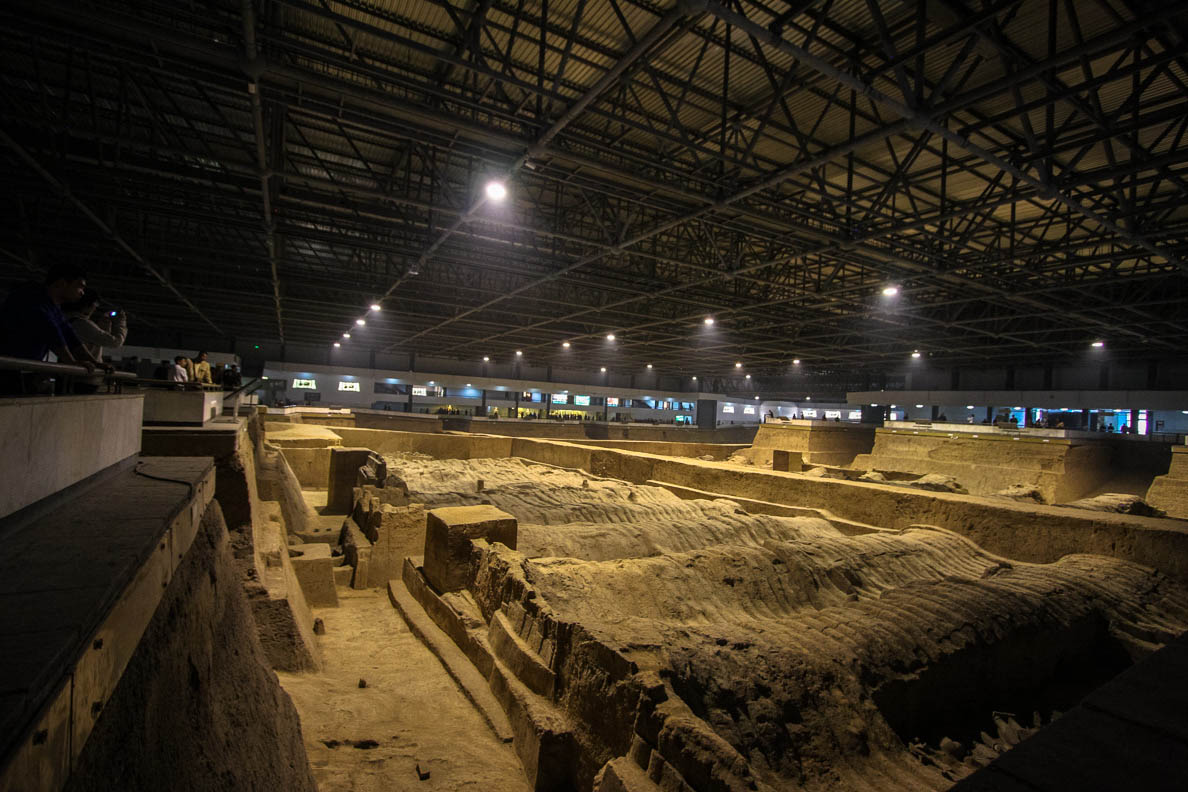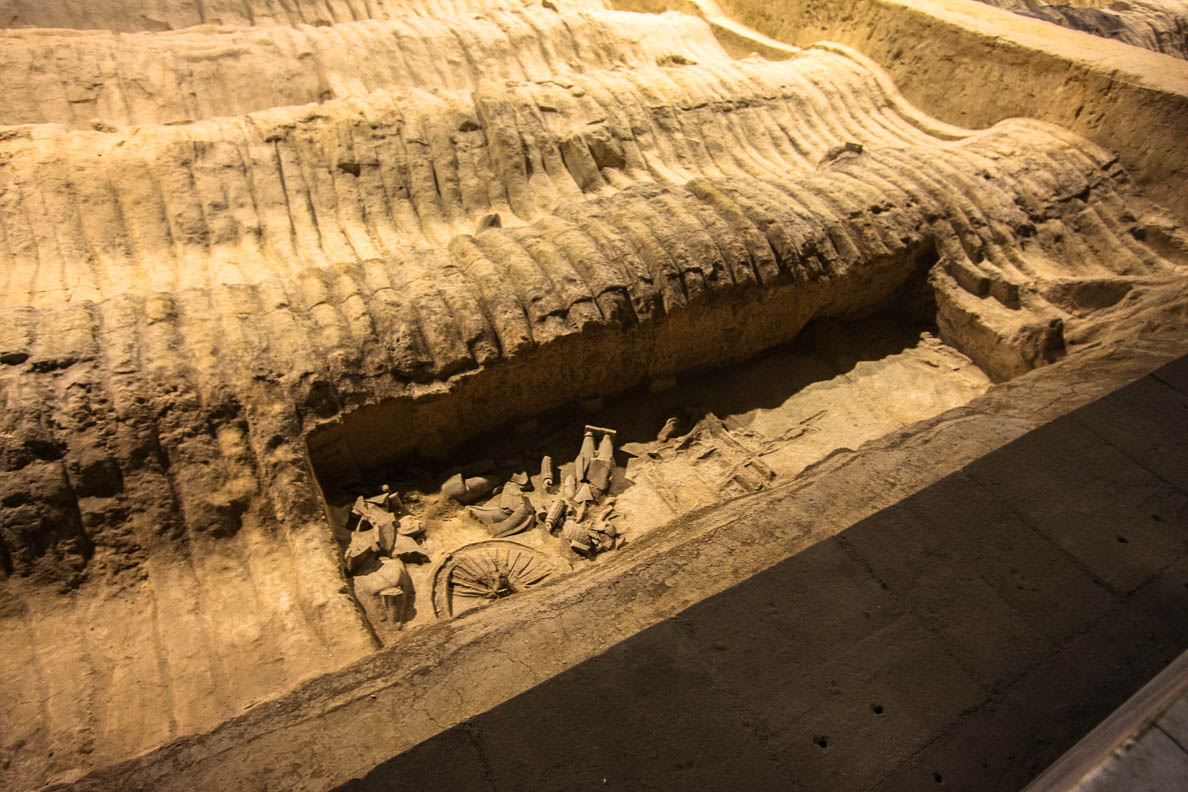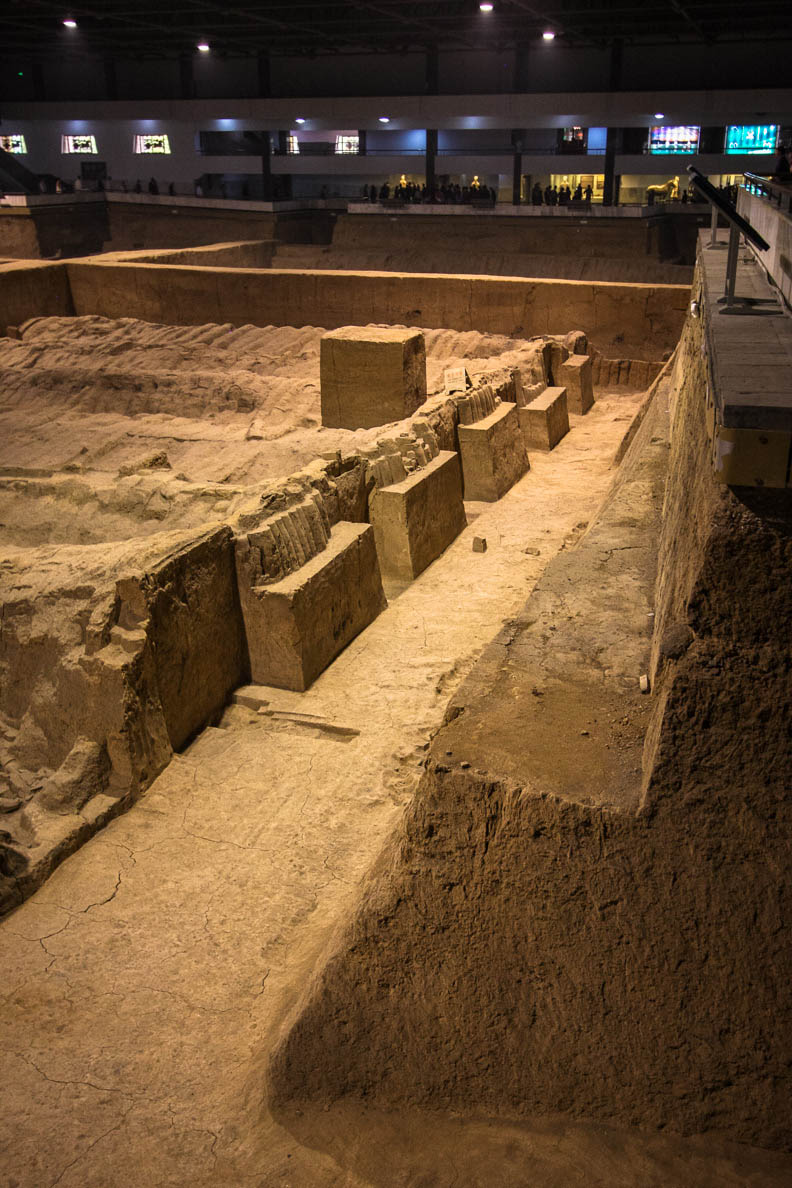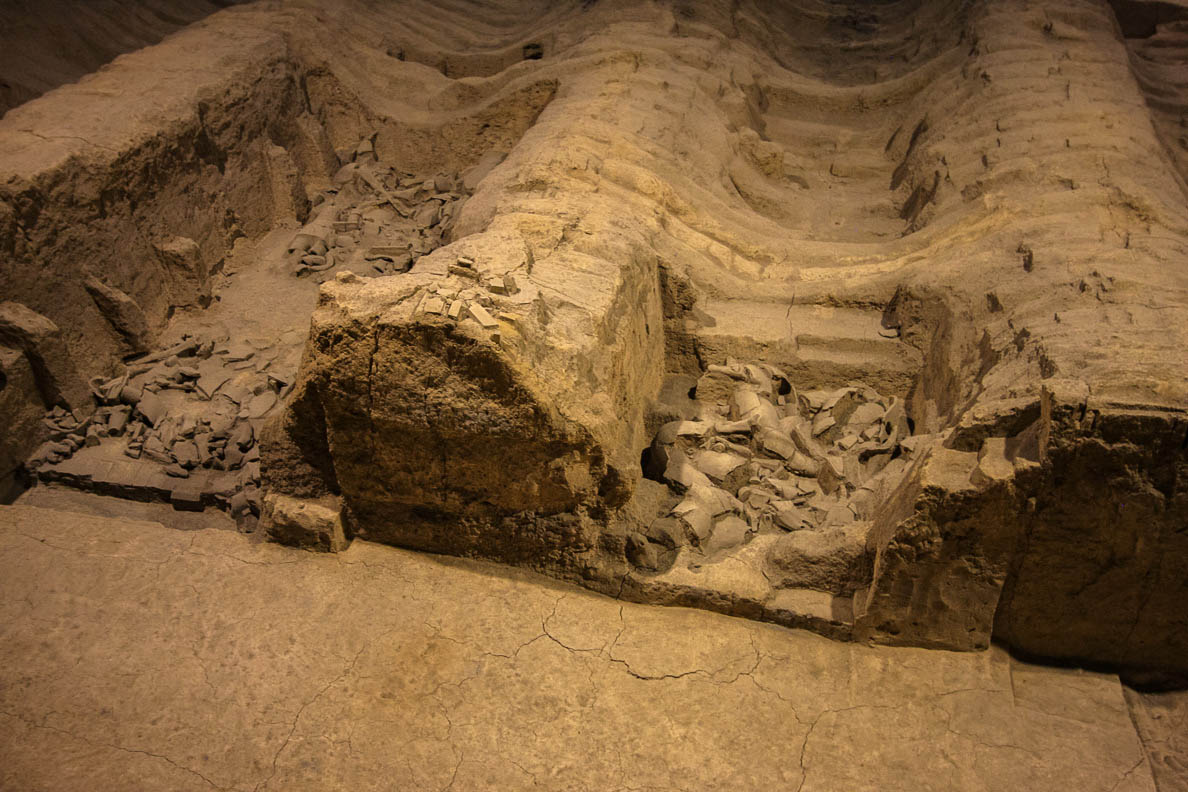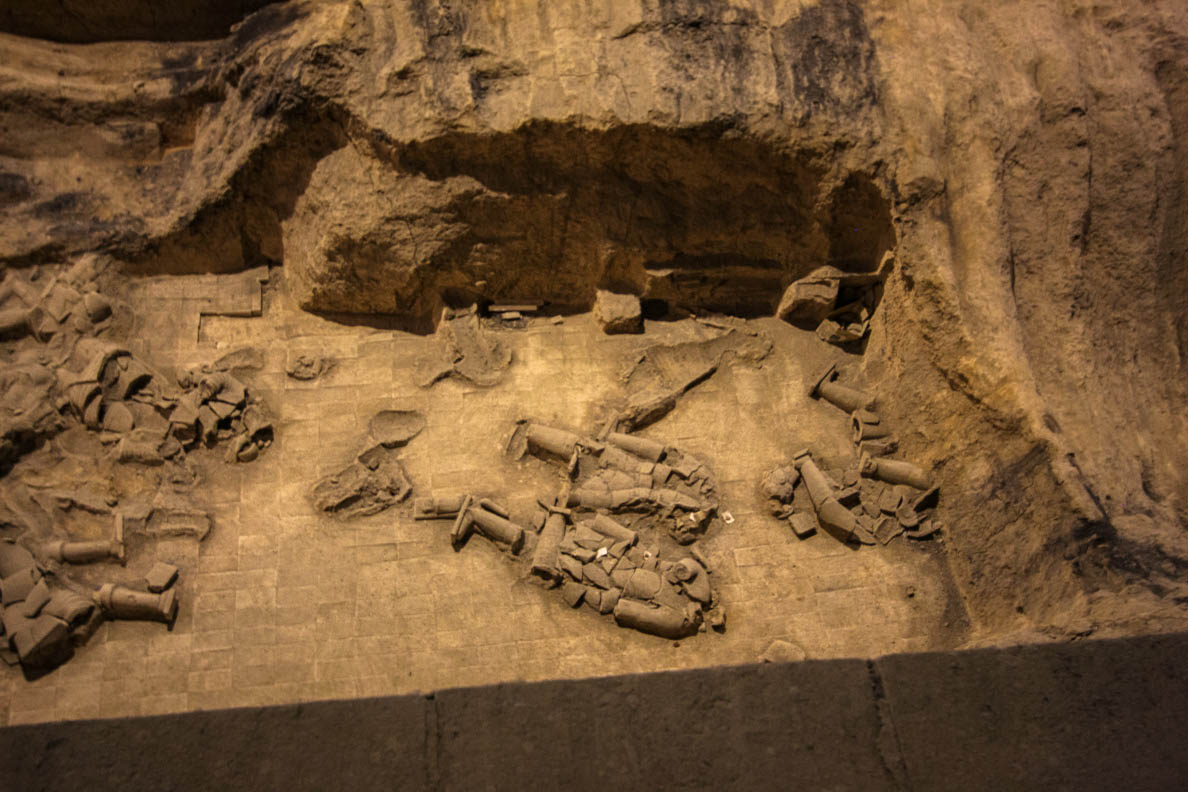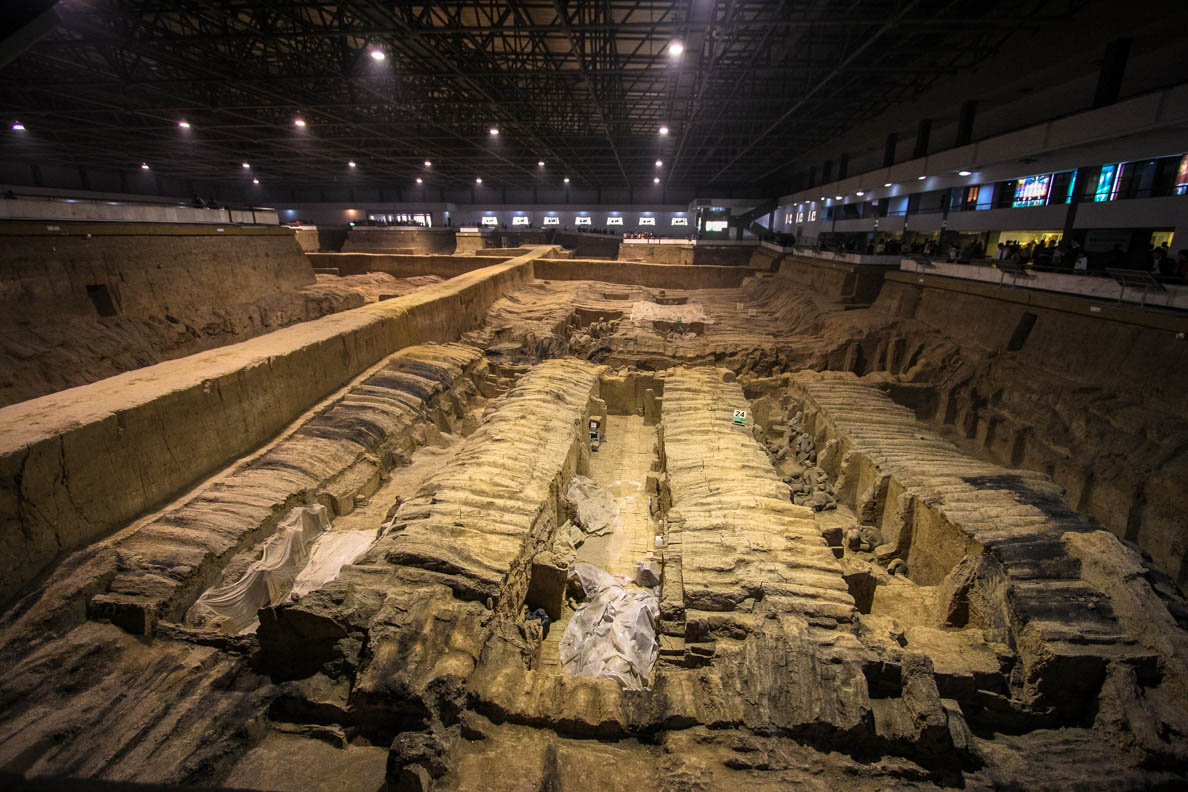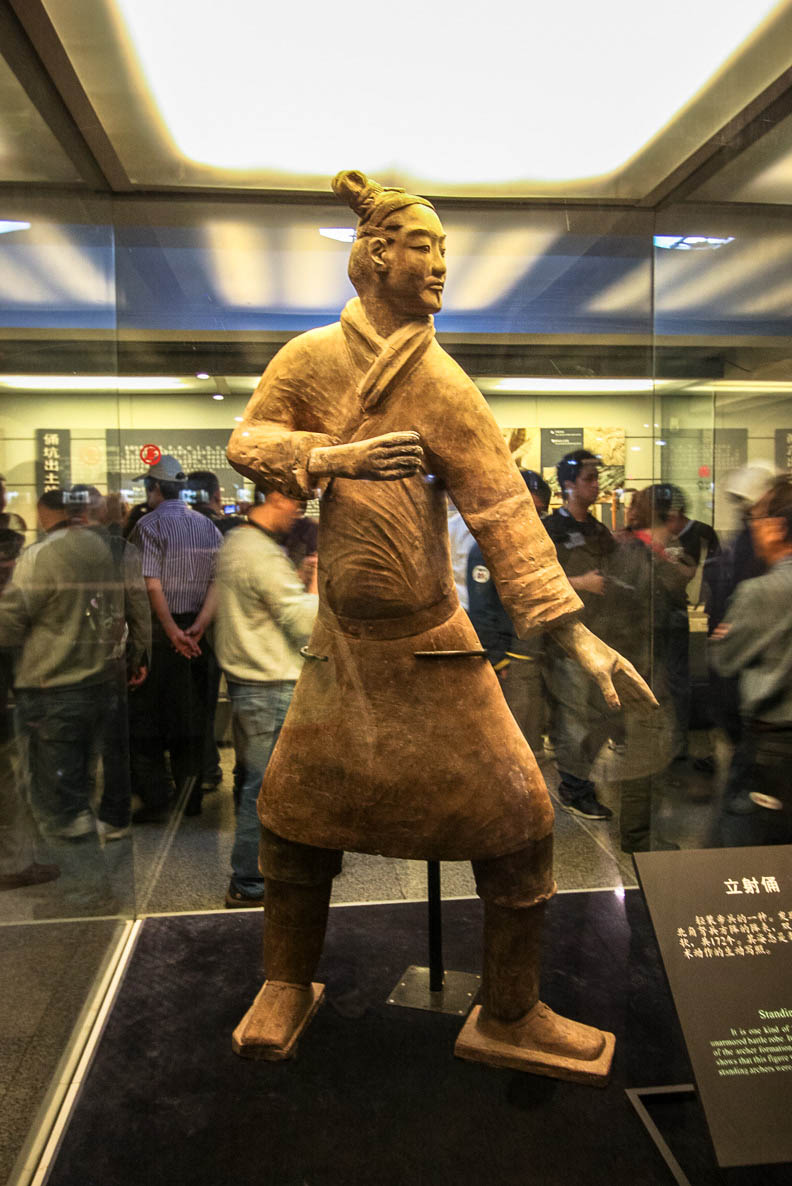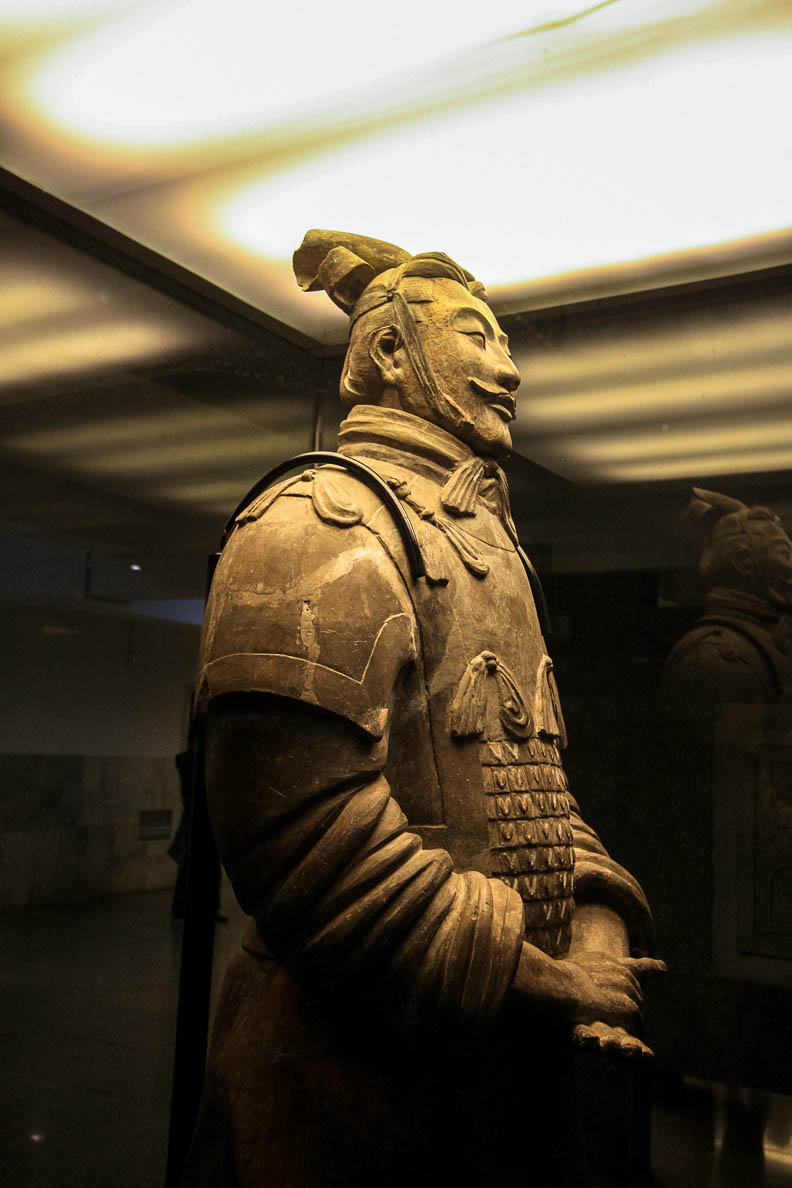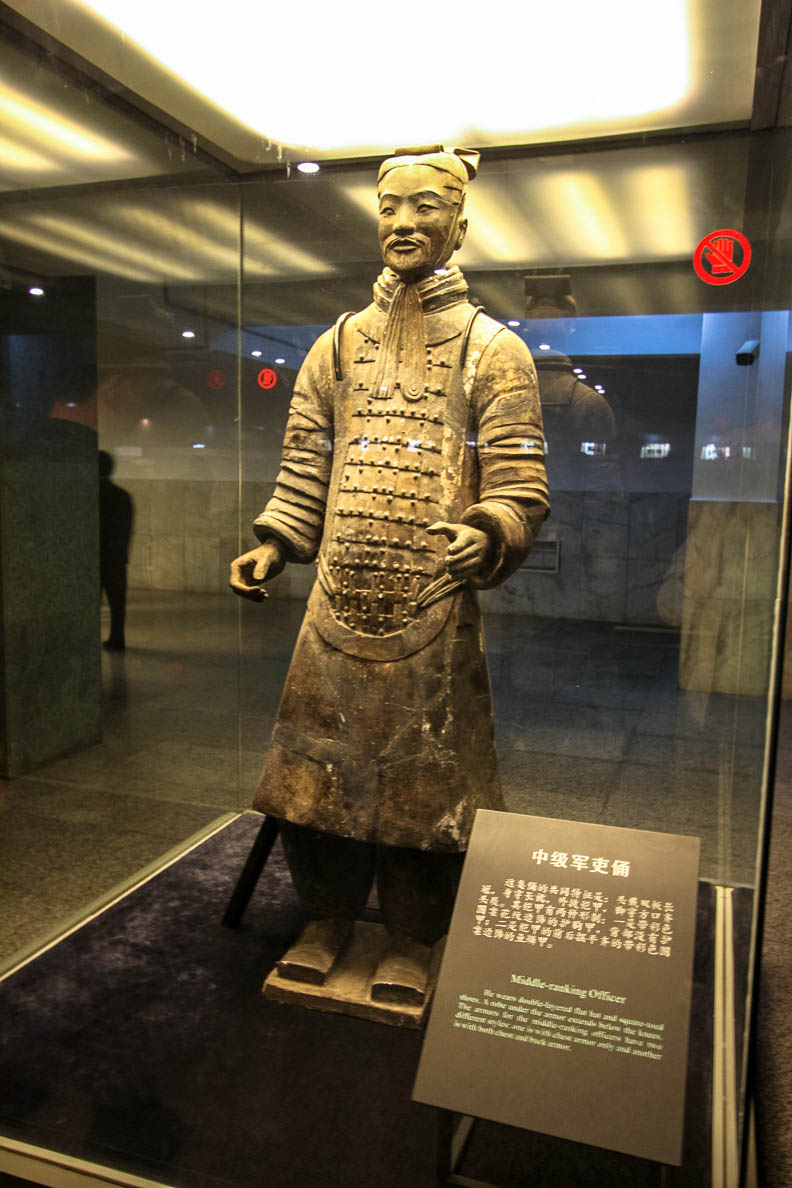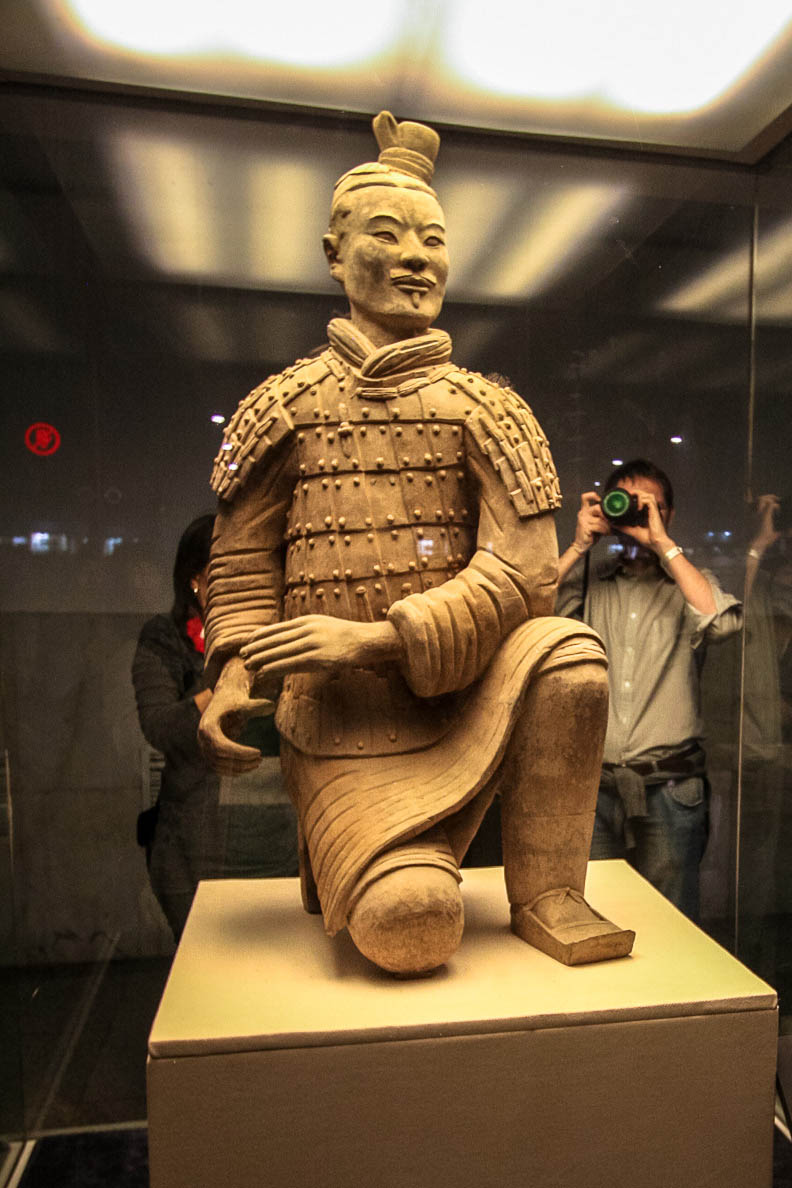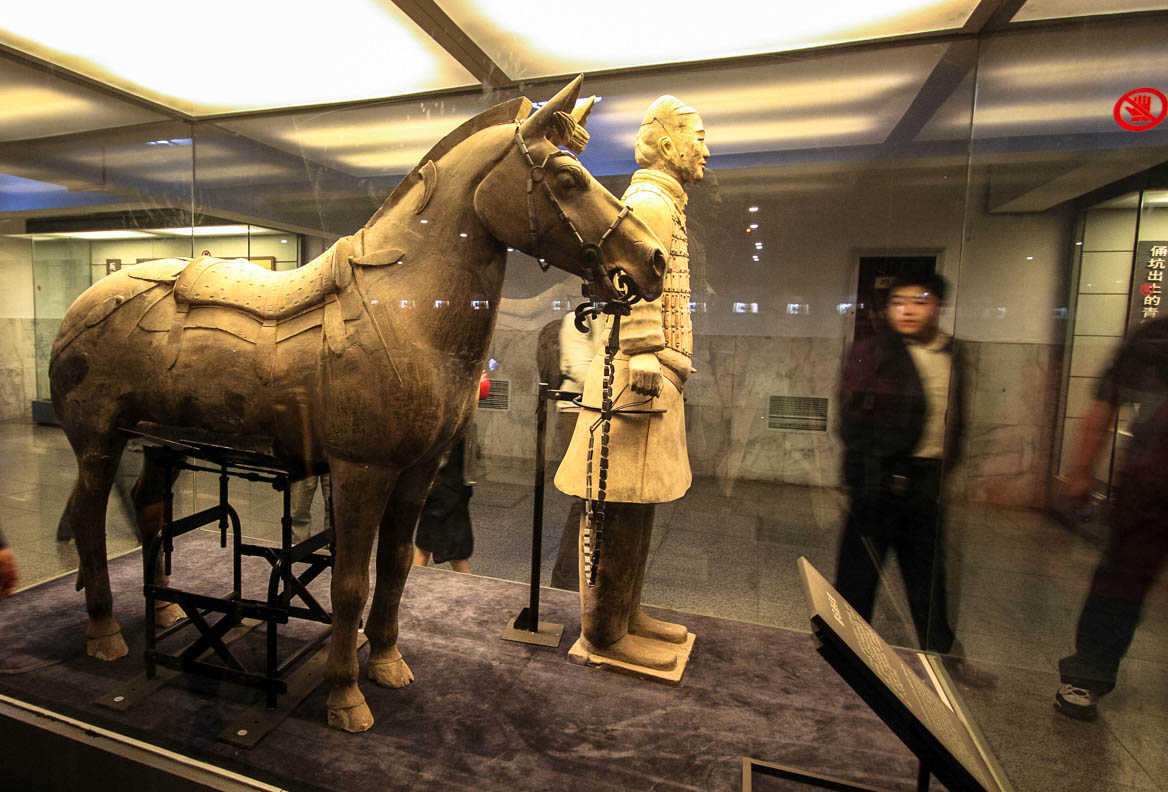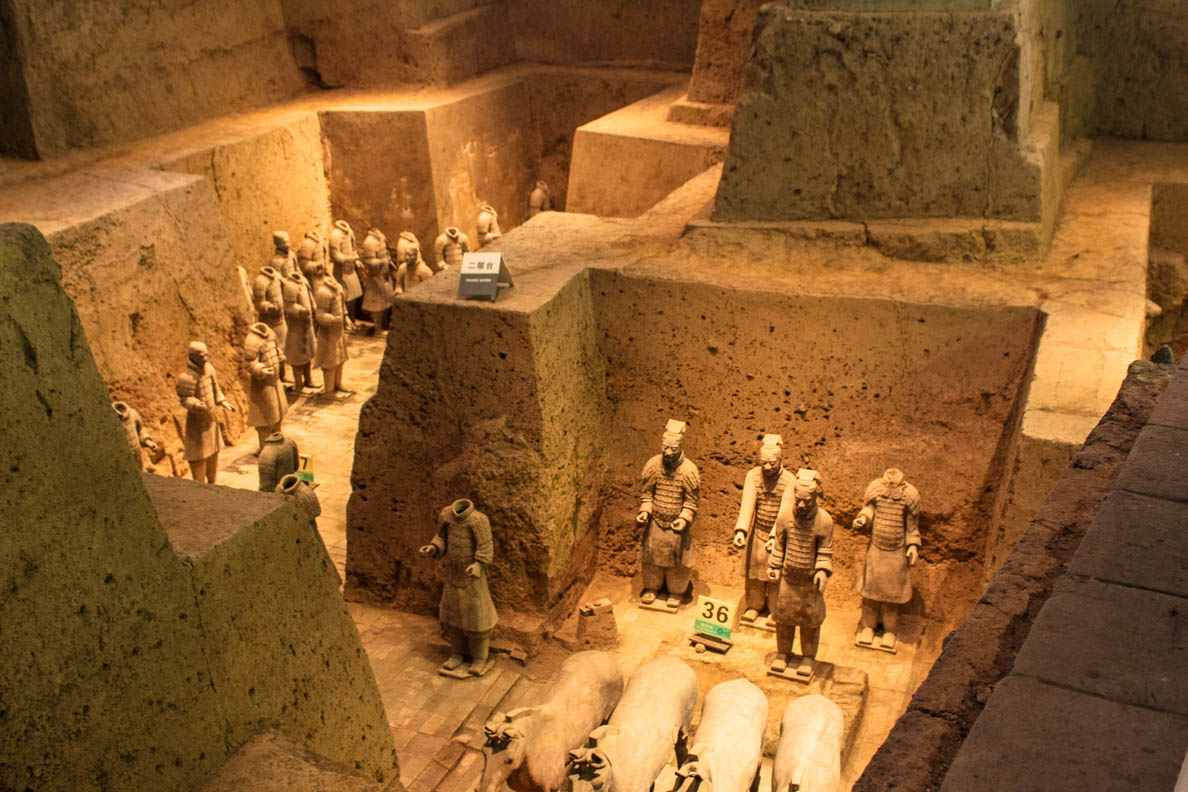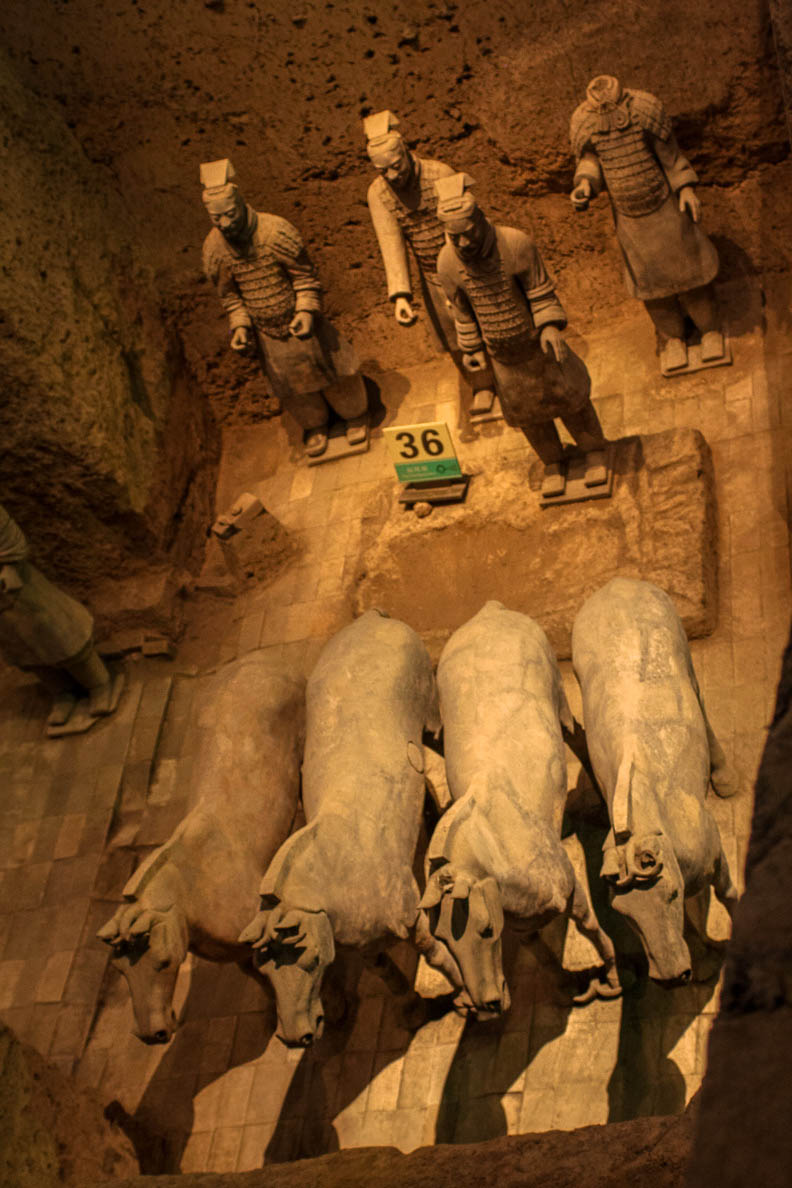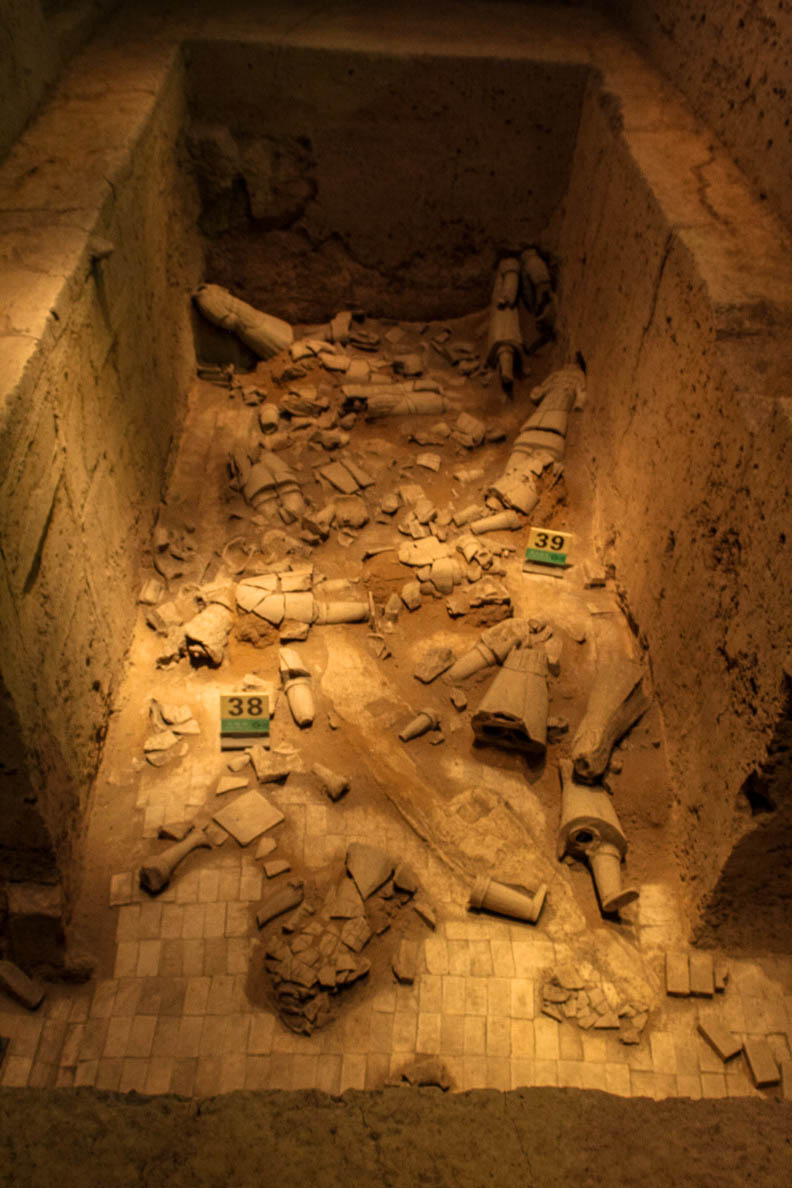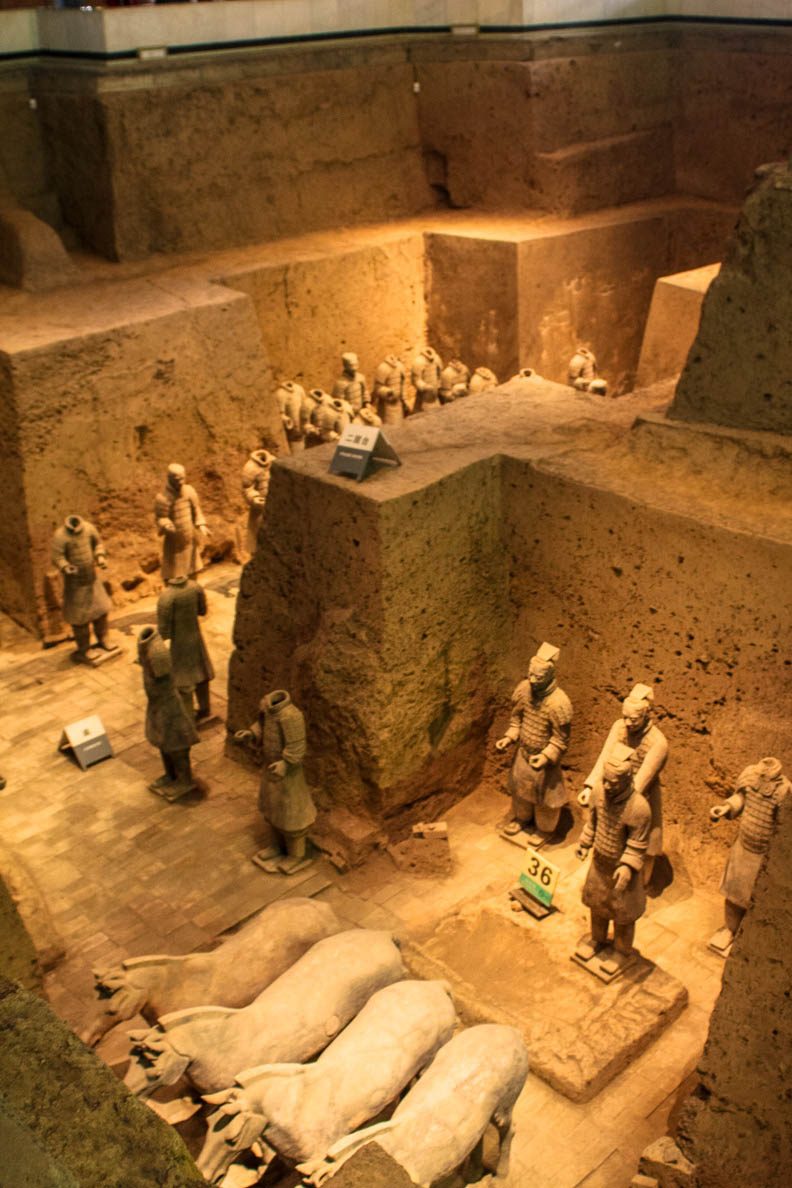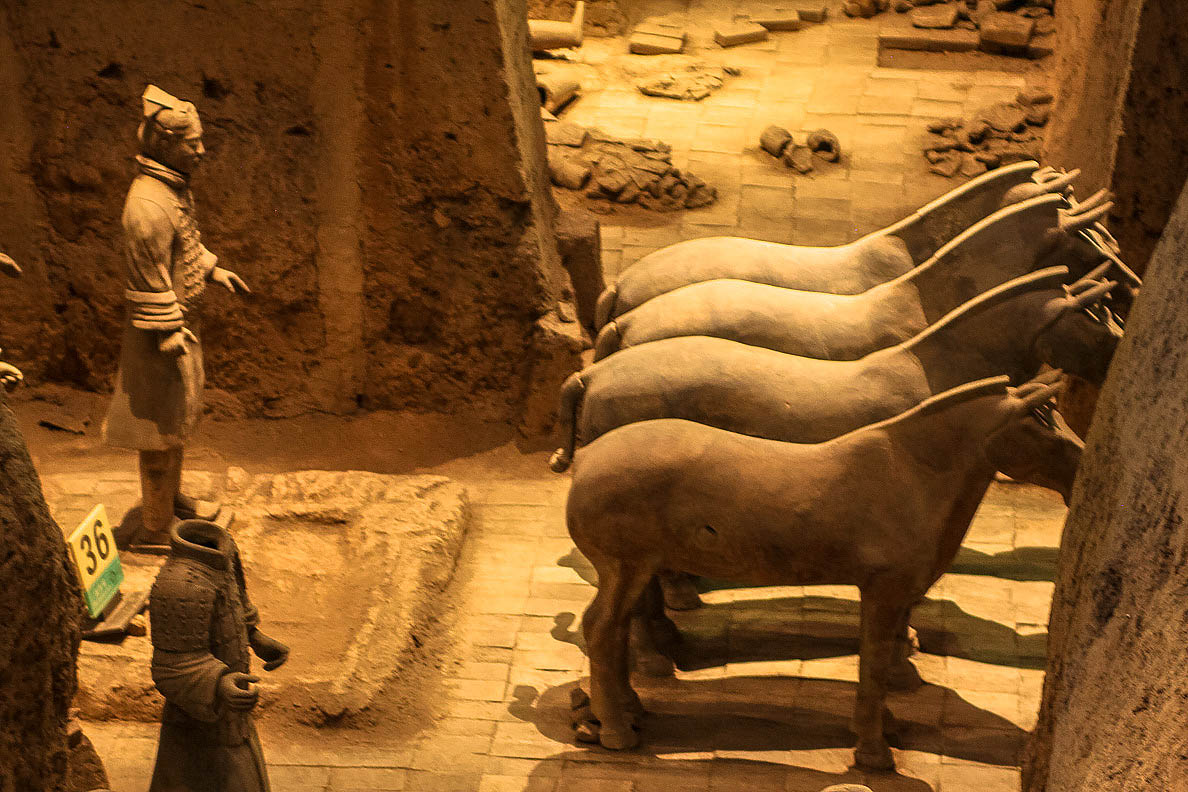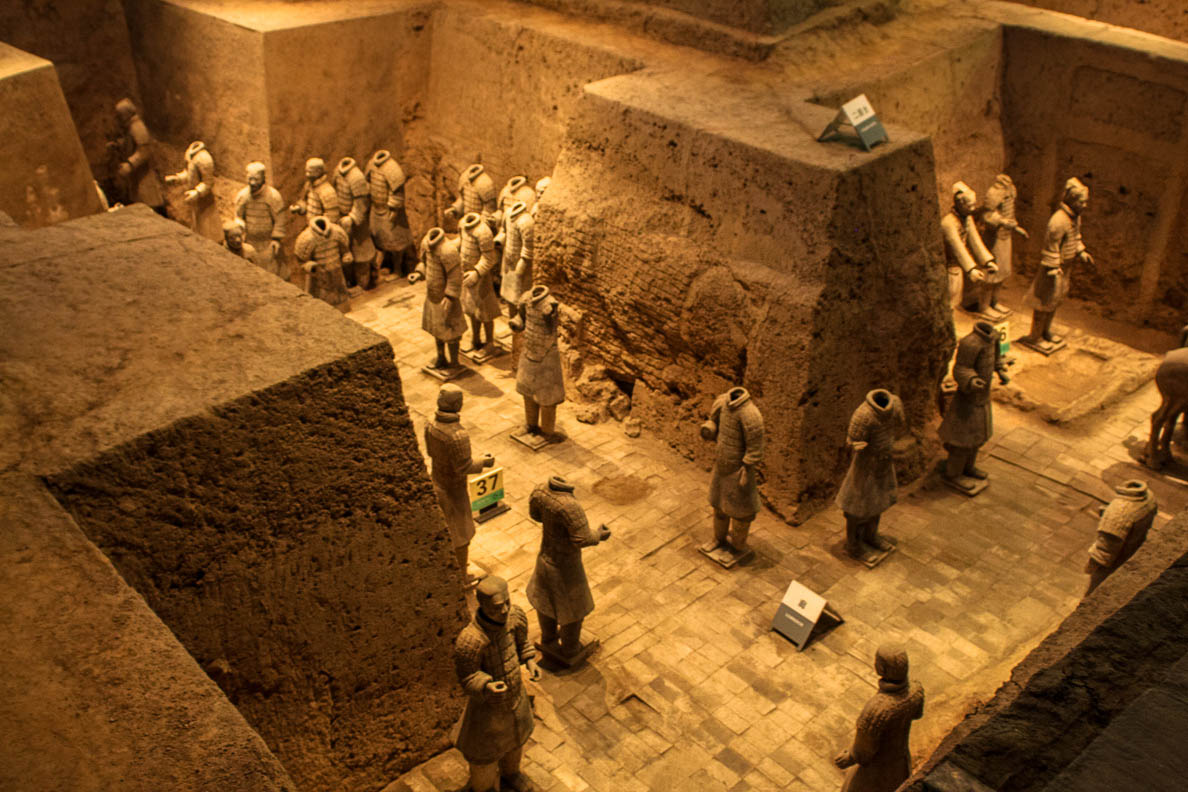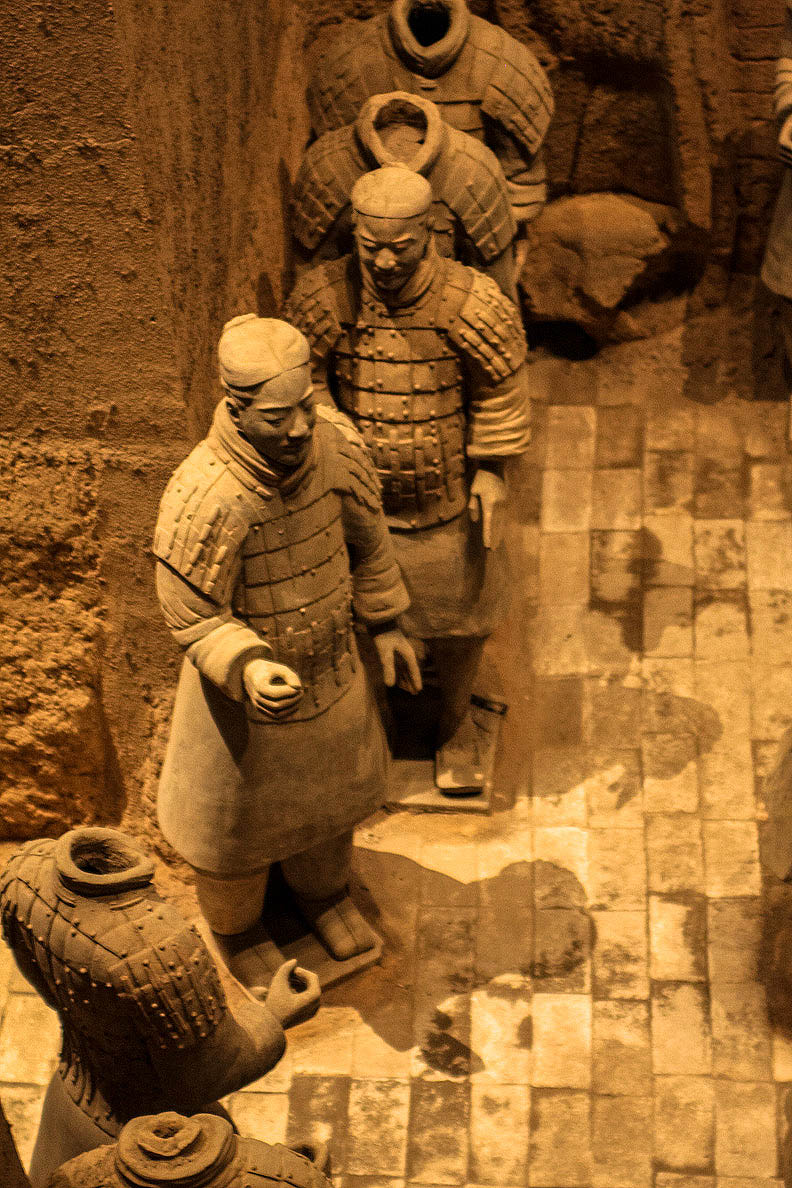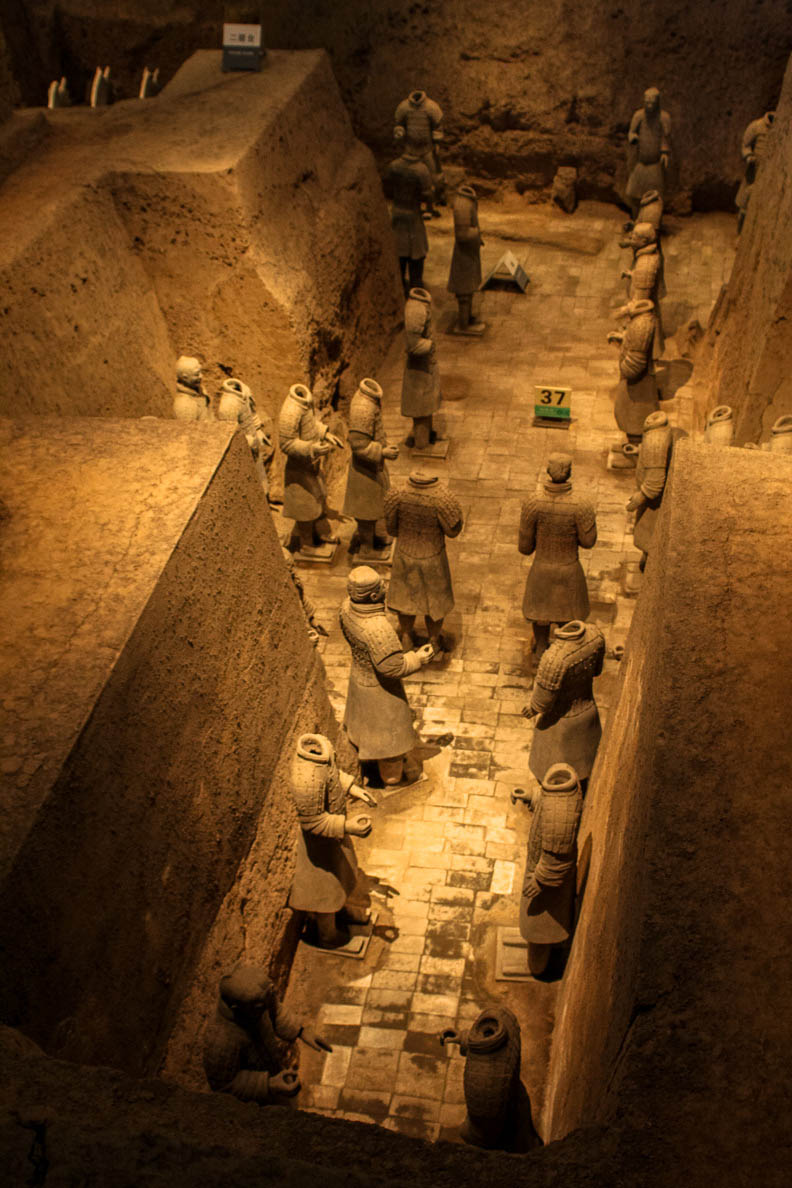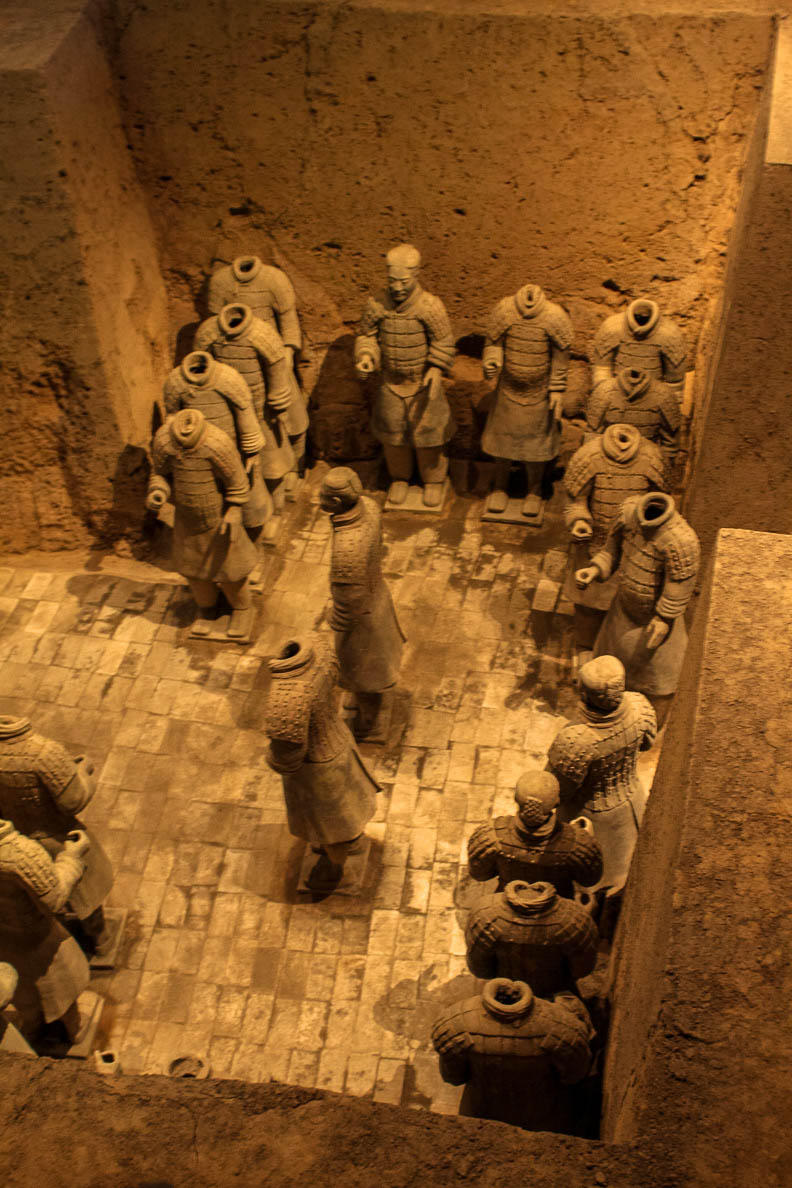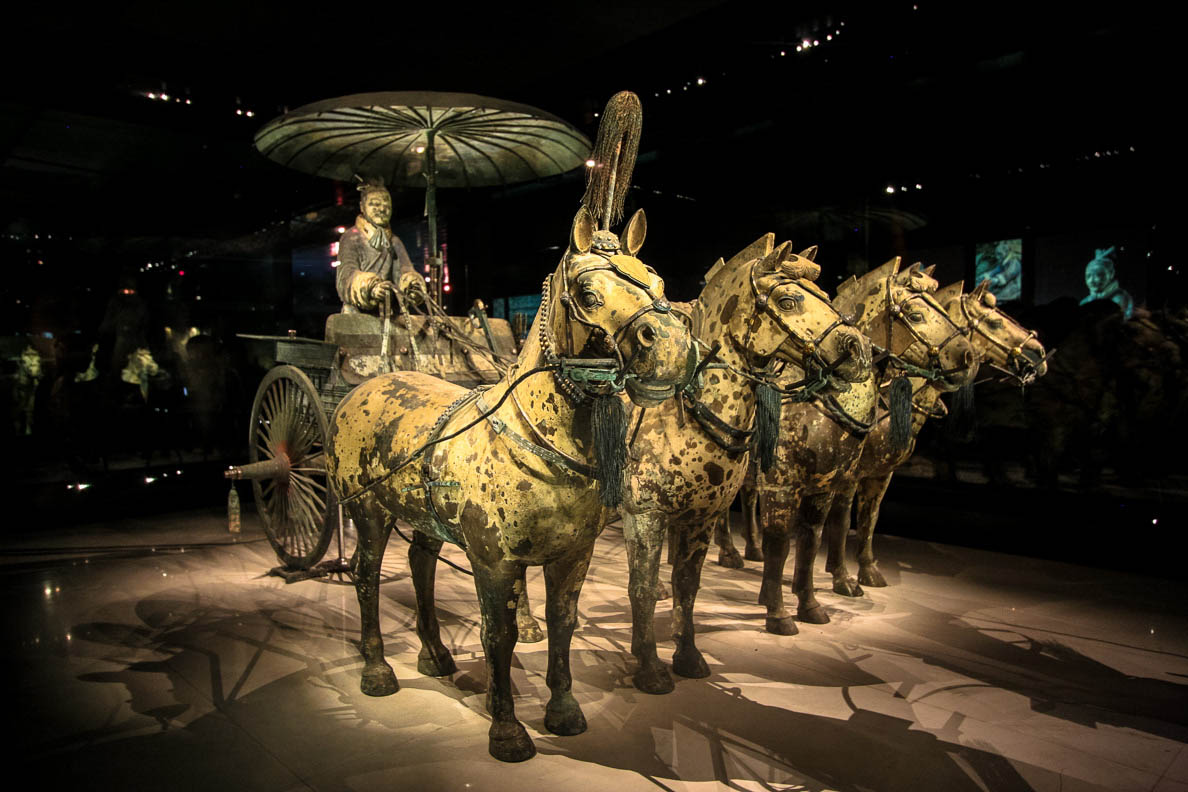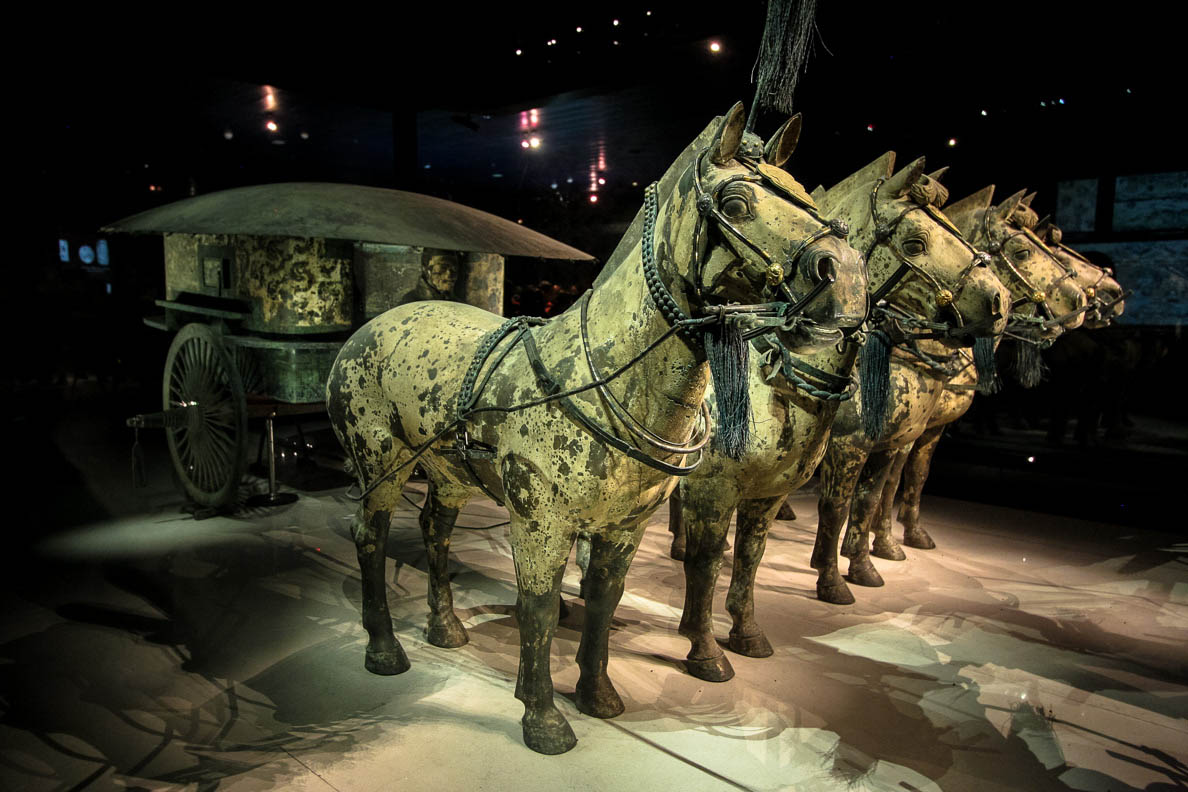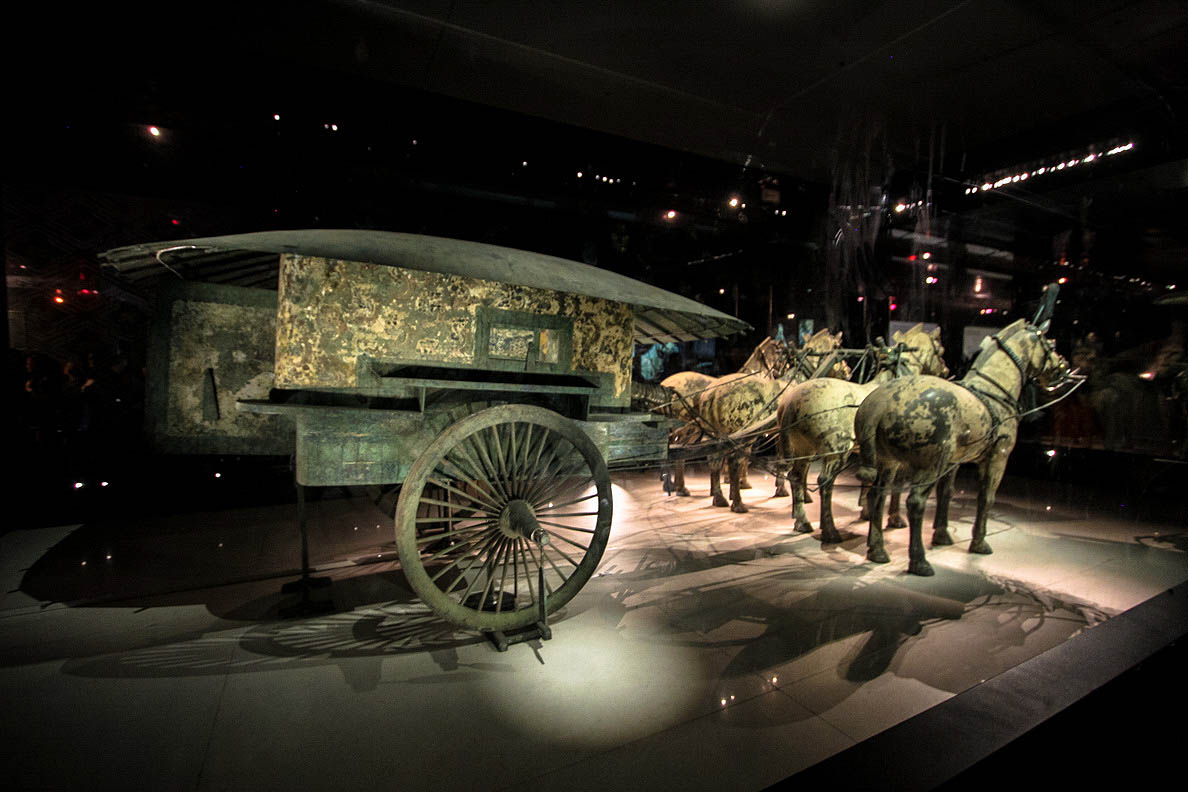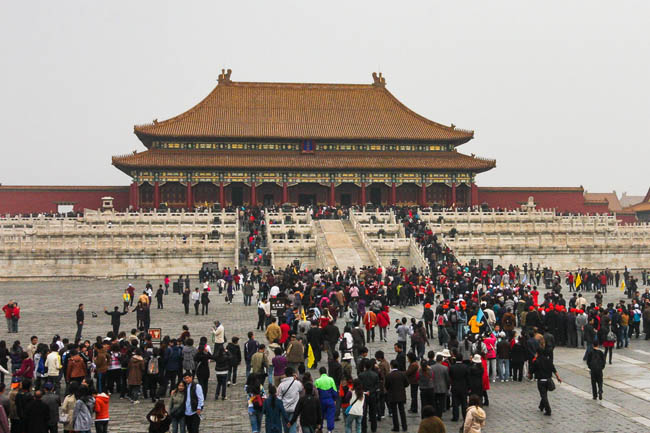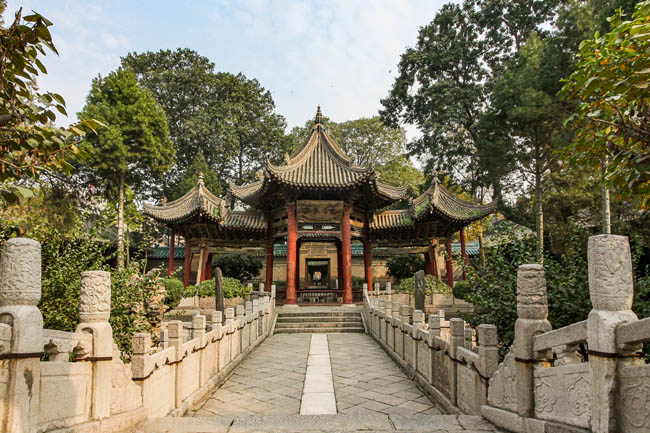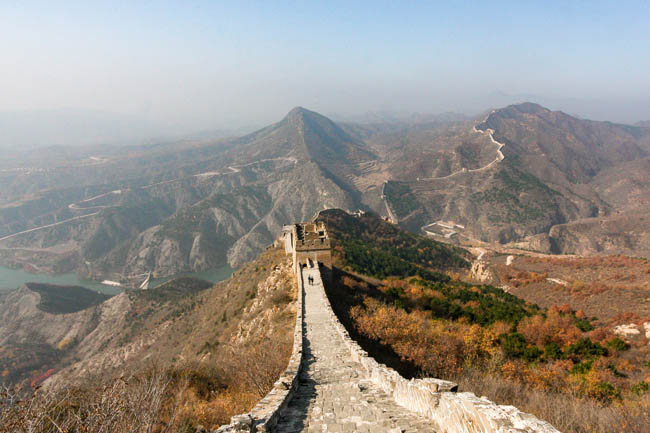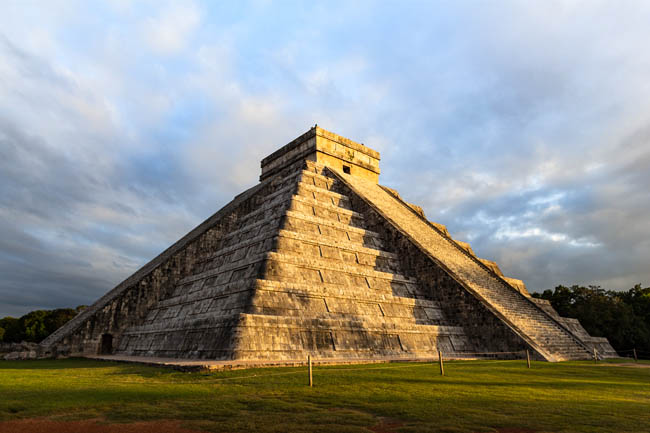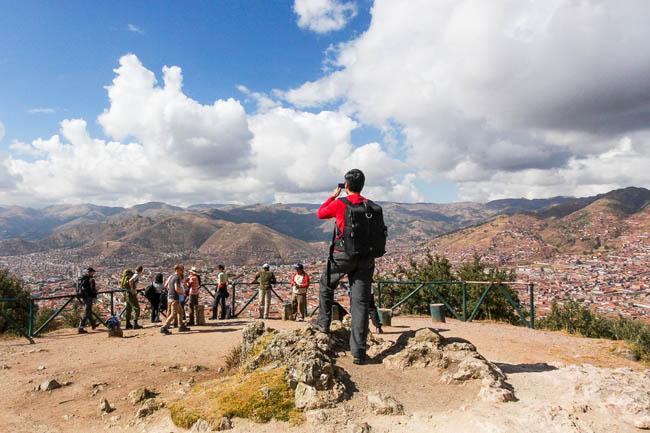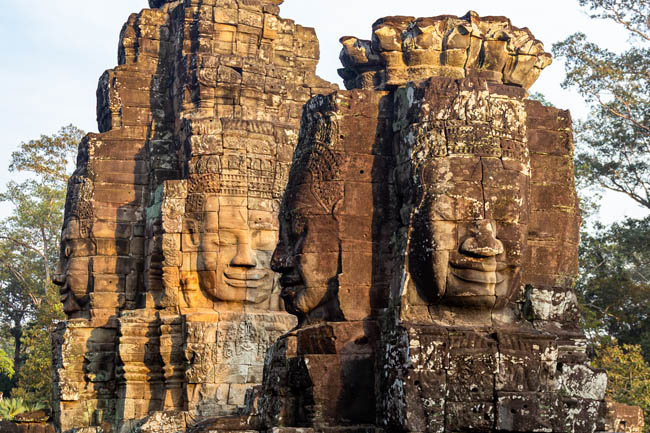CHINA
THE
TERRACOTTA
ARMY
兵馬俑
October 2009 • Canon 40D camera
UNESCO World Heritage site
Mausoleum of the First Qin Emperor
X i’an is arguably most famous for the Terracotta Army. This UNESCO World Heritage excavation site contains over 8000 life–size statues of an army, created over a span of 40 years to protect China’s first emperor, Qin Shi Huang 秦始皇, in the afterlife. Along with 130 chariots, 520 horses and 150 cavalry horses, this amazing army was only discovered in 1974 by a local farmer who was drilling a well.
There are three excavation ‘pits’ that you can visit and today we were going to to see them. From the parking lot, it’s about a 20 minute walk surrounded by souvenir shops along the way. You finally arrive at a large square with three buildings to the excavation pits along with an exhibition hall.
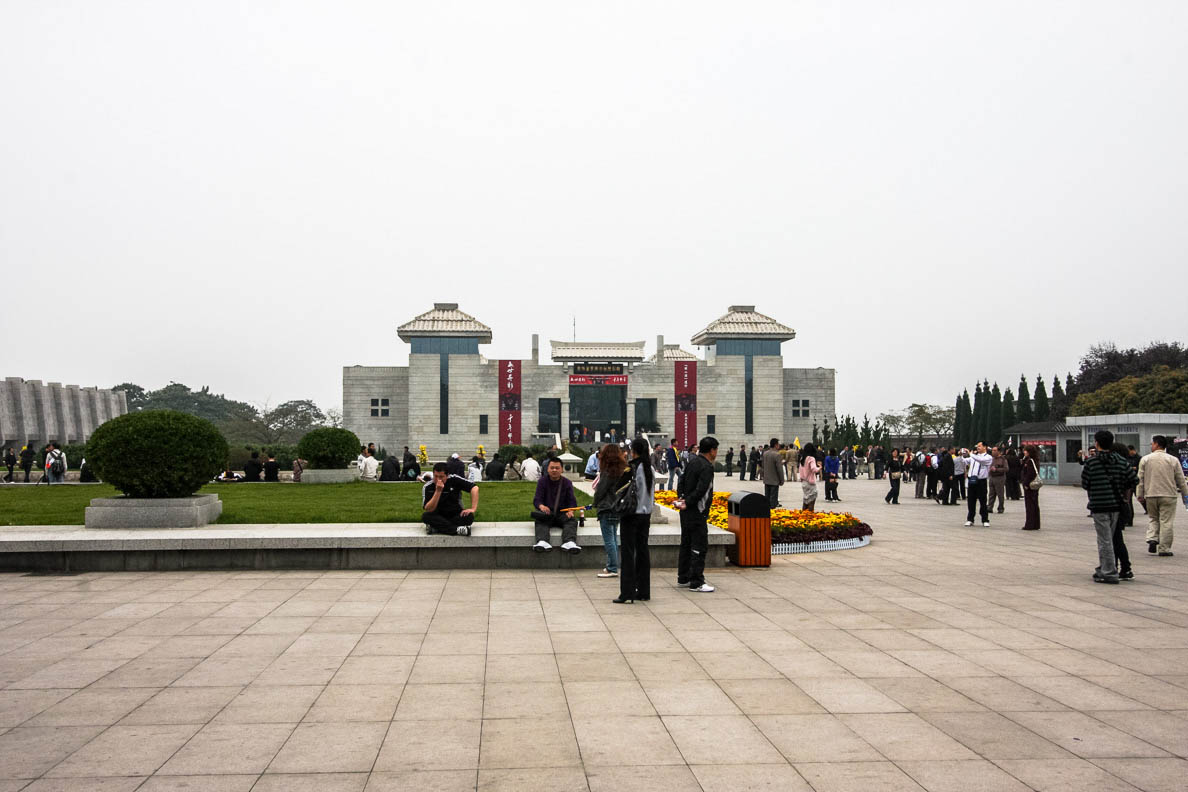
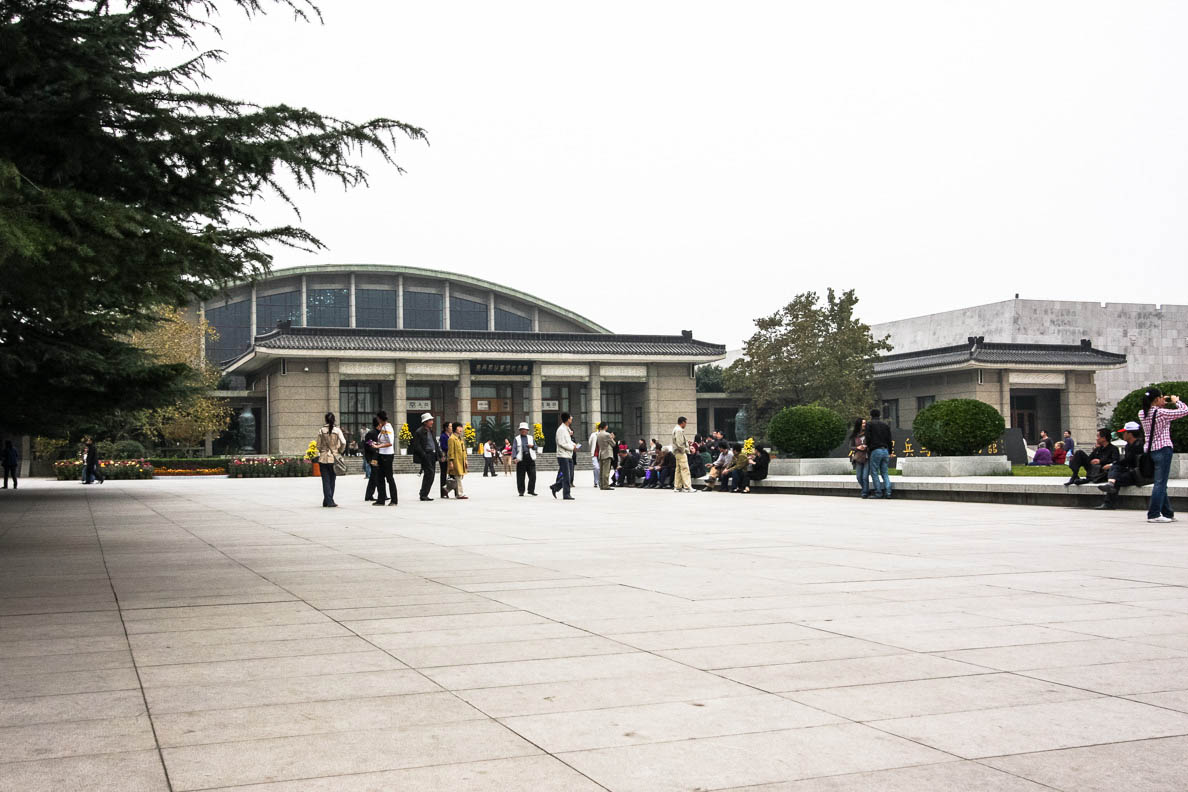
Pit I
This is the largest and the most photographed of the excavation pits. It feels like you are in an aircraft hanger. It is believed to house around 6,000 Terracotta statues but only 2000 are underneath and on display. That is because the original statues were colourfully painted, but when they were exposed to the air, the colours faded and disappeared. Since then, no more statues were unearthed until they find a way to preserve the paint.
It was a pleasant surprise to find out that each warrior has a unique facial features and expression. I spotted one stature that had an amazing smiling facing that made me laugh. They are also very detailed—from their hairstyles and gestures to the clothing and weapons. Many of the statues had real weapons, such as swords, spears and bows. But they were not on display in the pits.
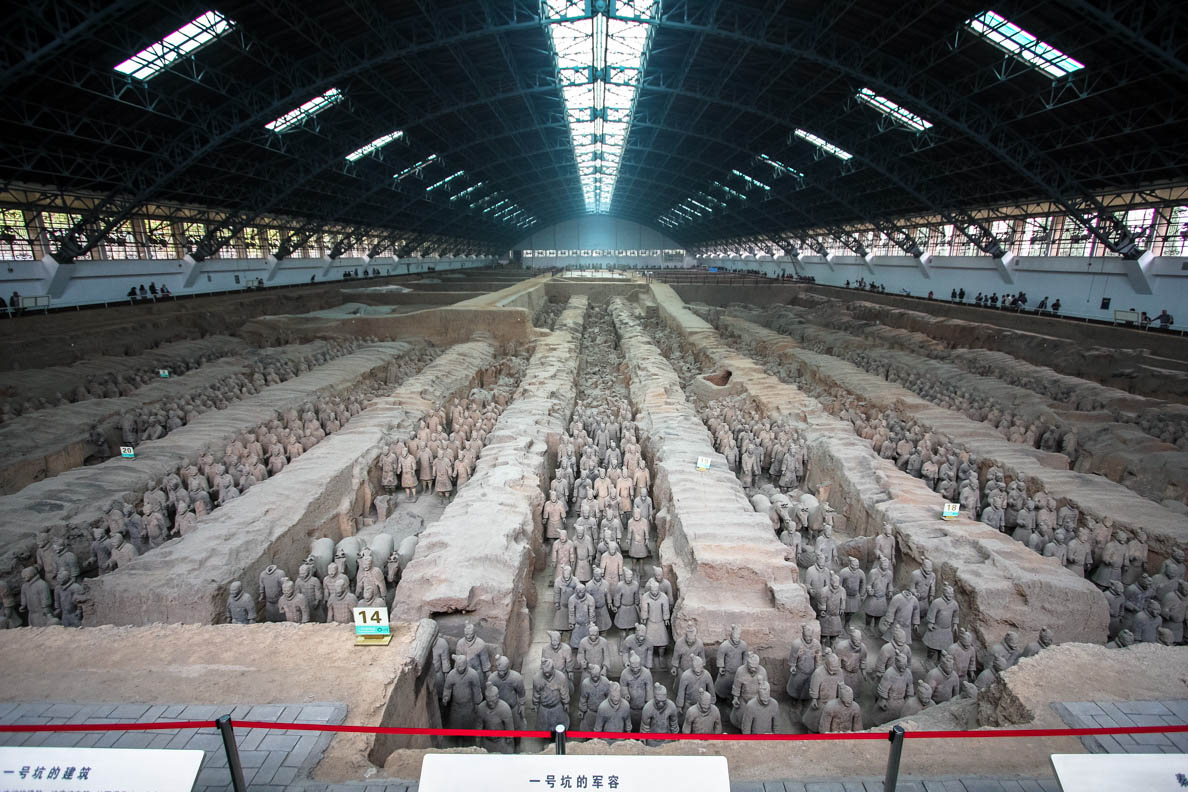
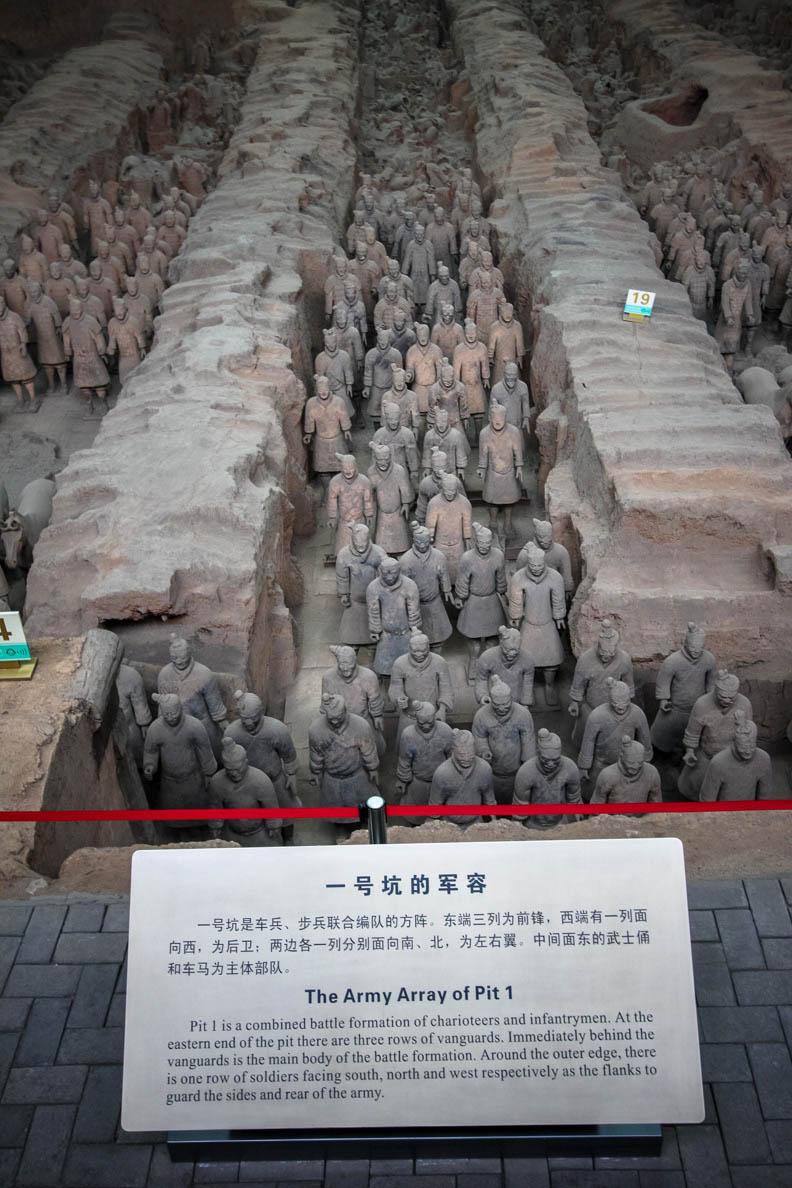
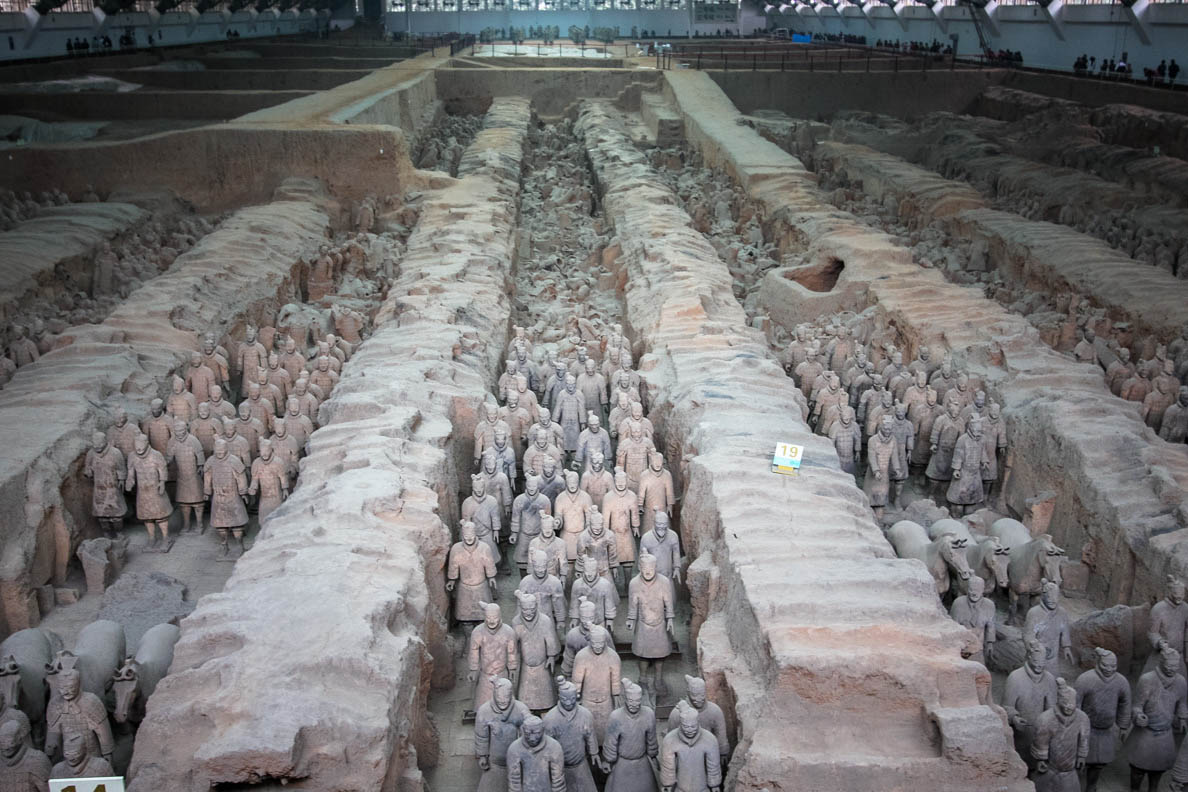
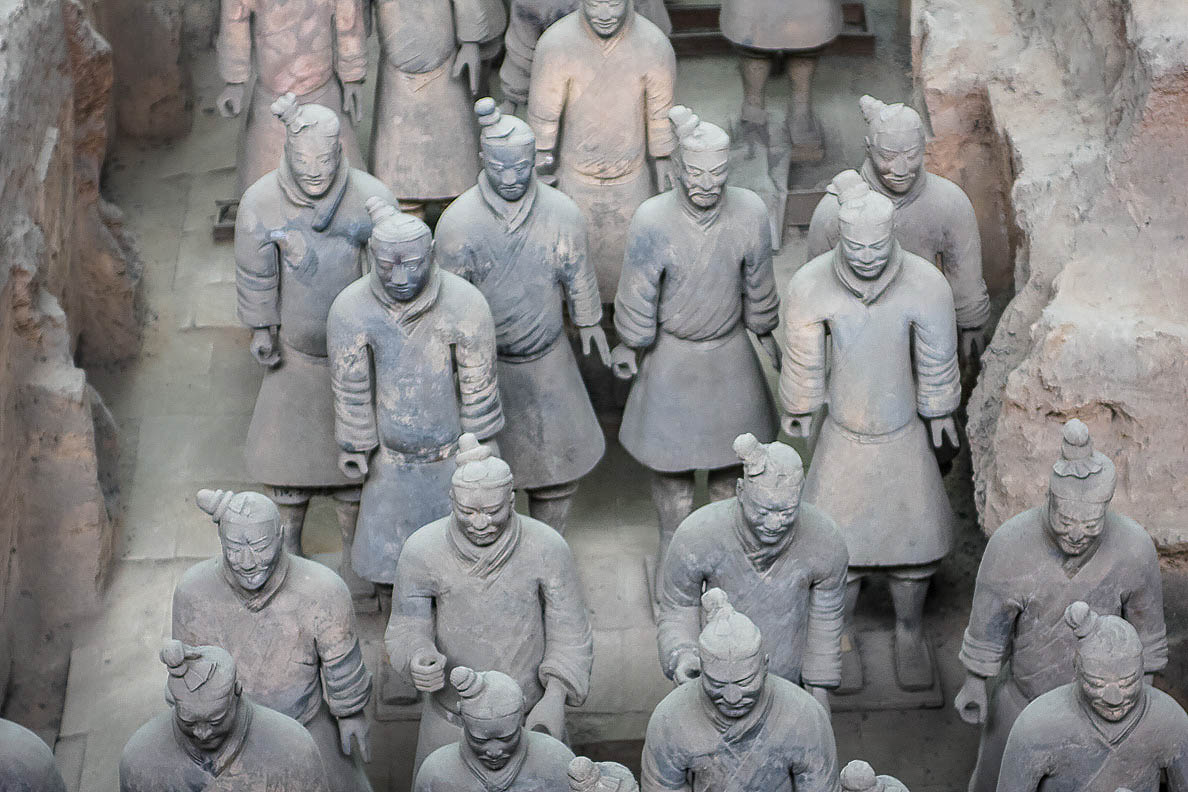
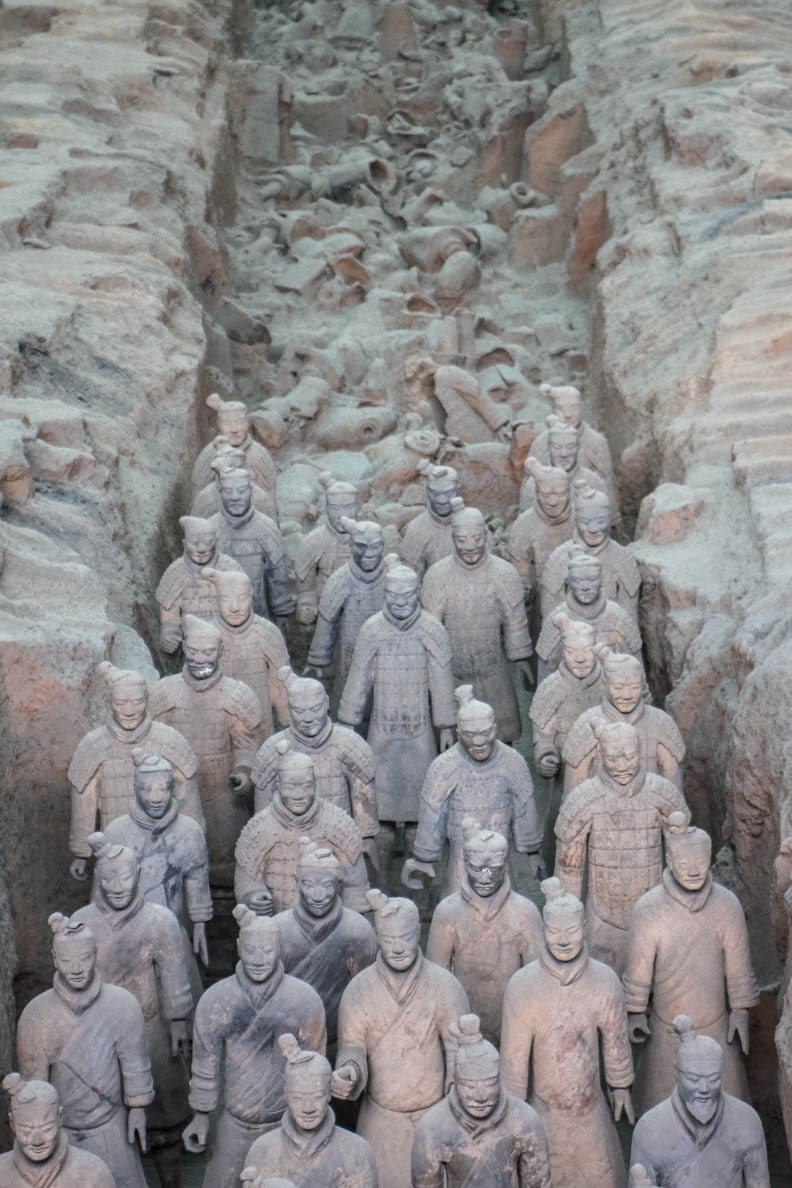
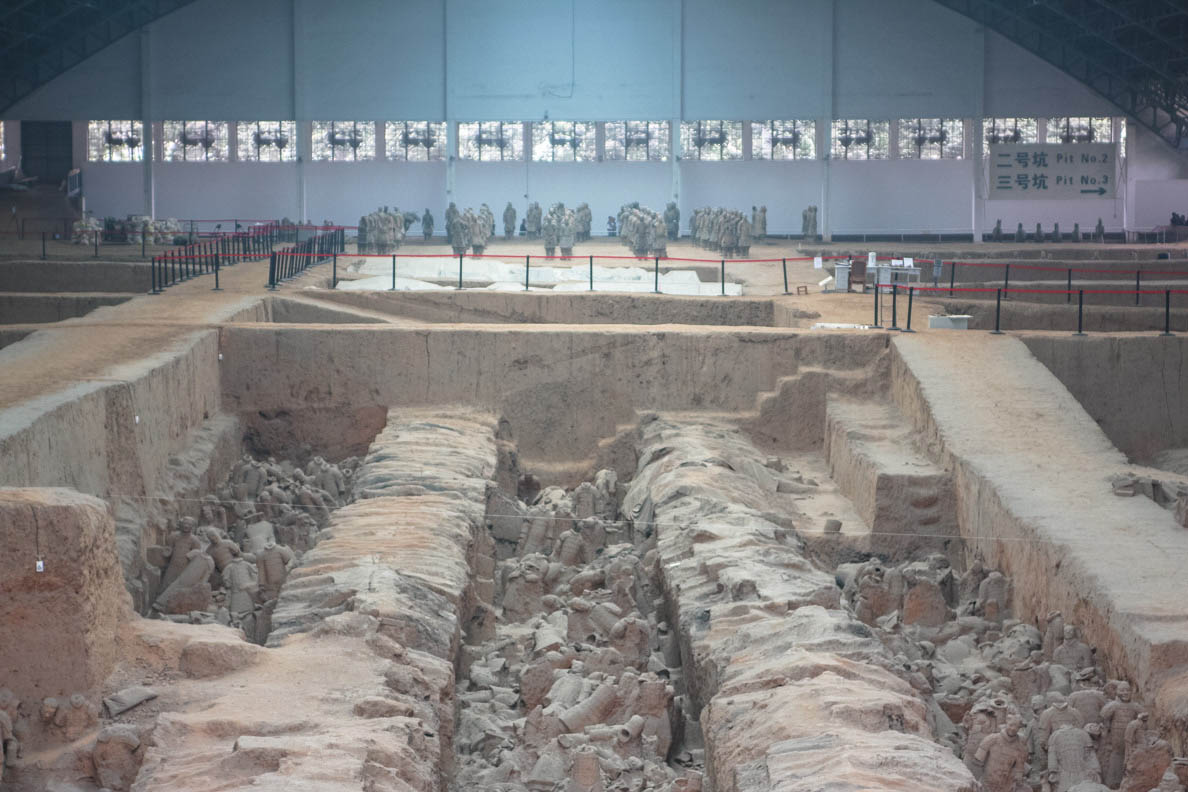
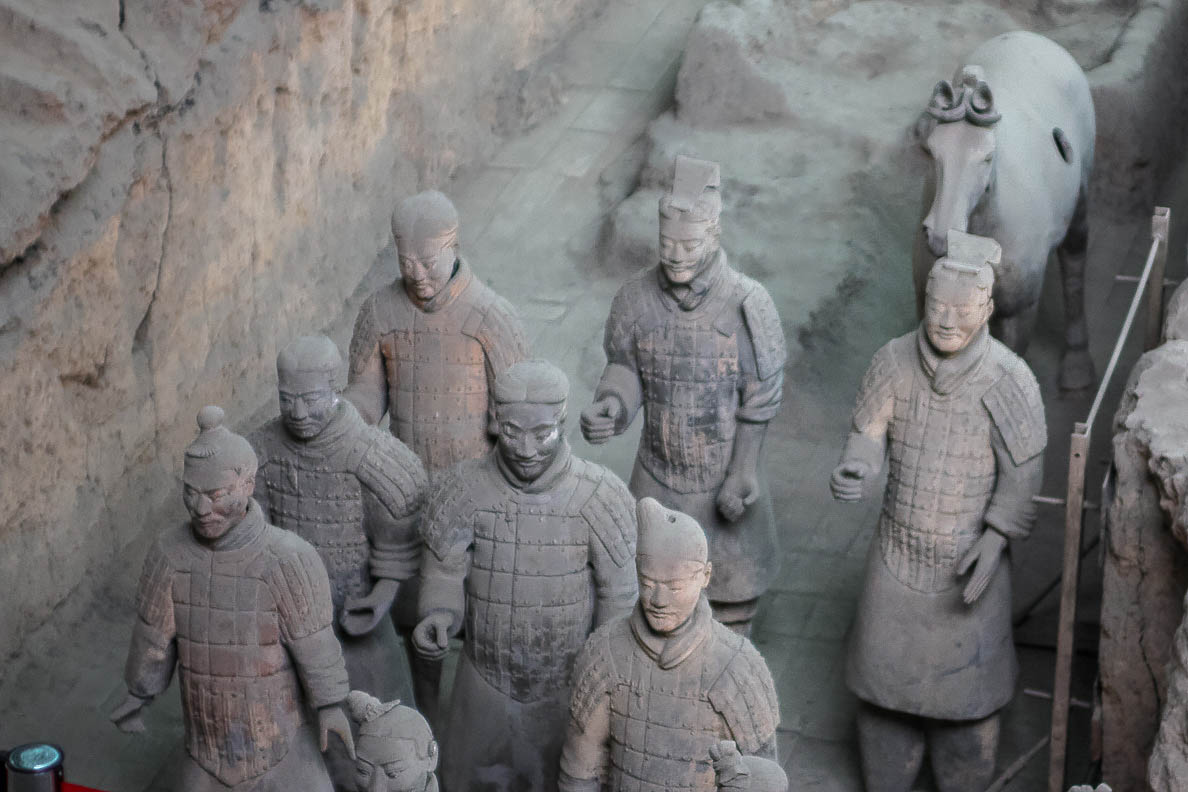
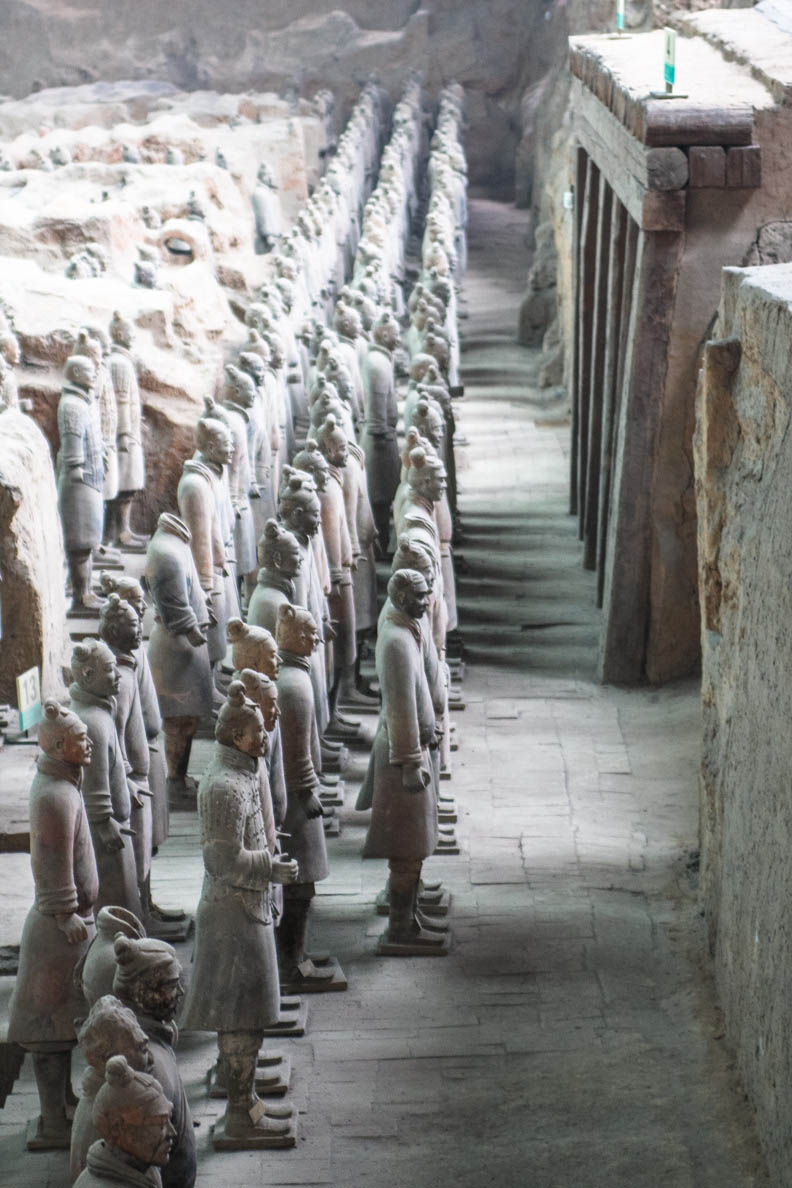
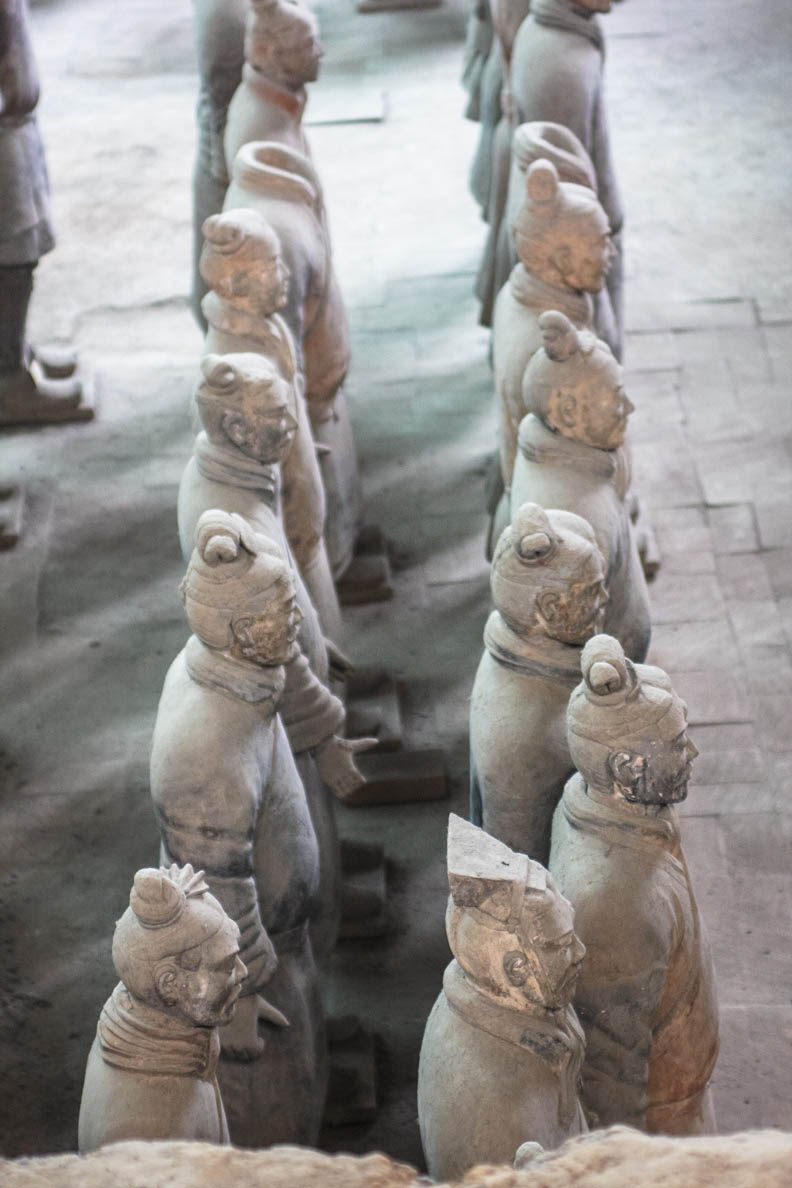
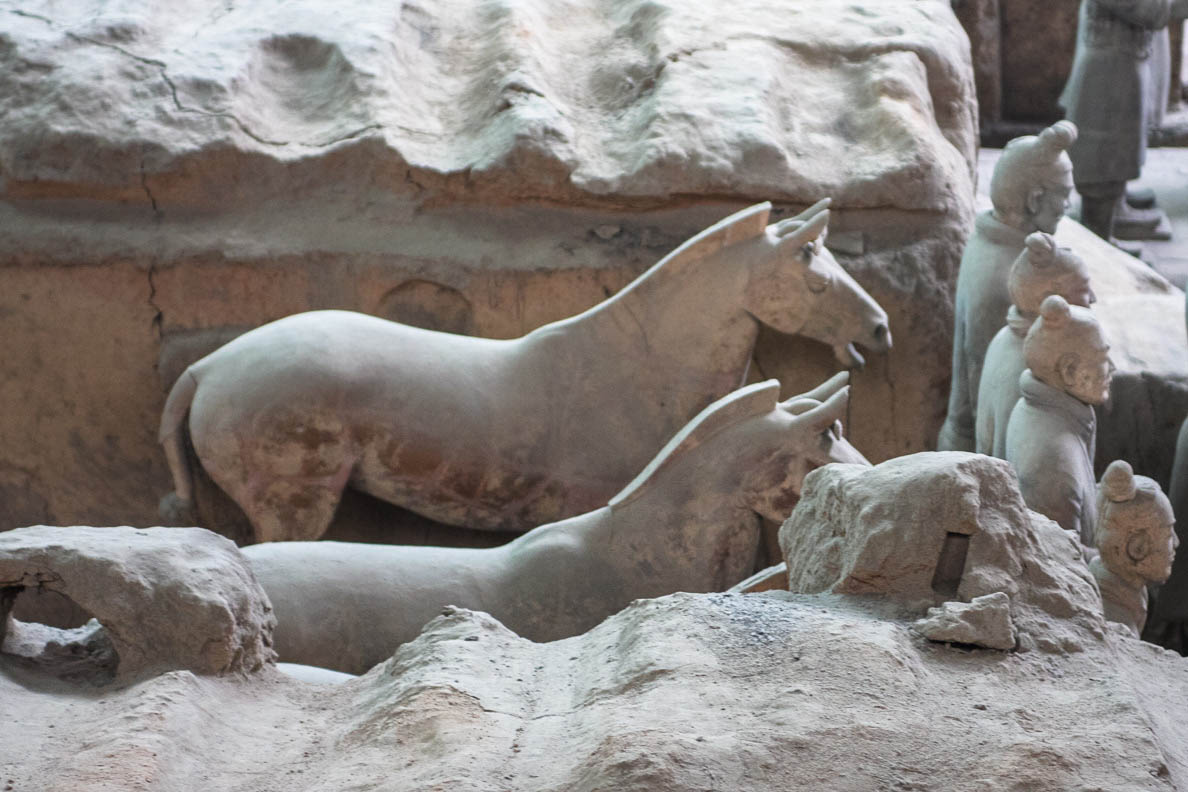
As we walked around the pit, further at the back the statues had fallen down like a ten pin bowl had been thrown at them. How were the statues made you may ask? According to studies, the parts were created separately and then assembled together. The head, arms, torso and legs were moulded with clay on the outside. This allowed artists to create the details you see on them.
Fired in kilns to make the clay hard, they were later painted to complete the terracotta warrior. They were buried in trenches with a wooden roof, which over time gave way and smashed on top of the warriors. At the back of the pit you can see on display the warriors that are currently being restored.
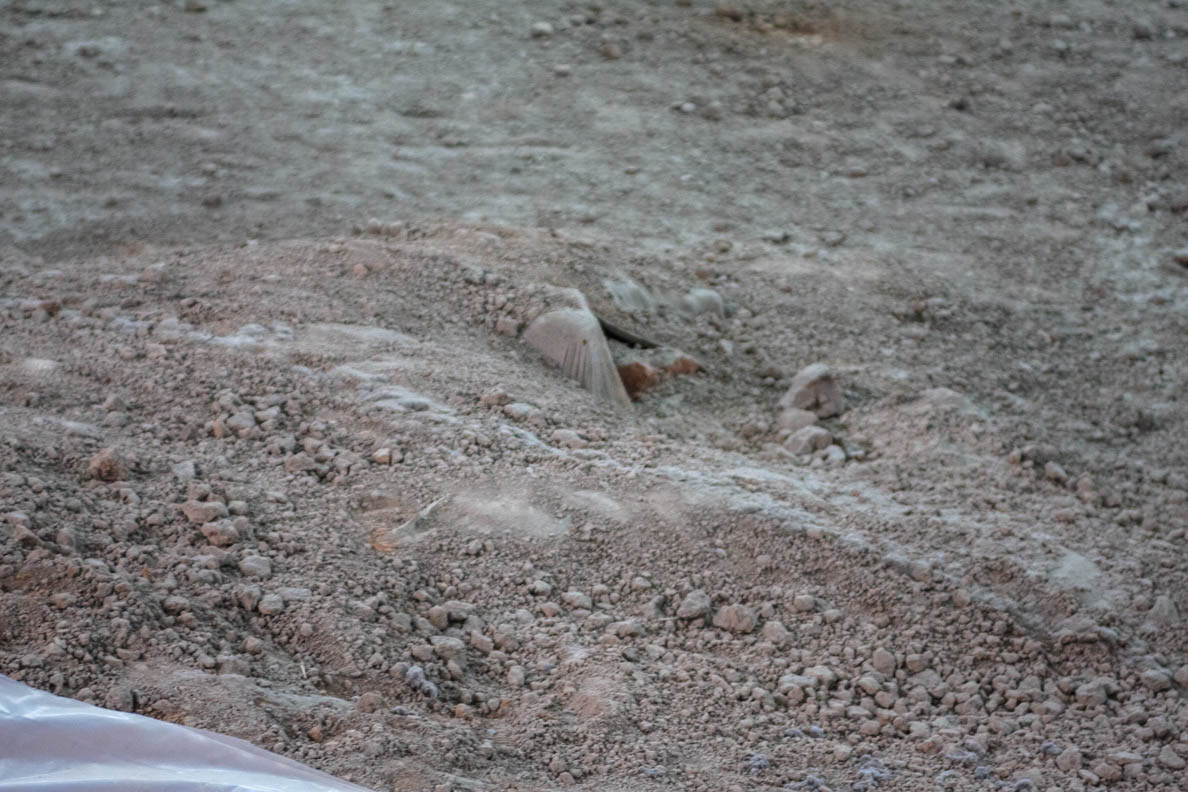
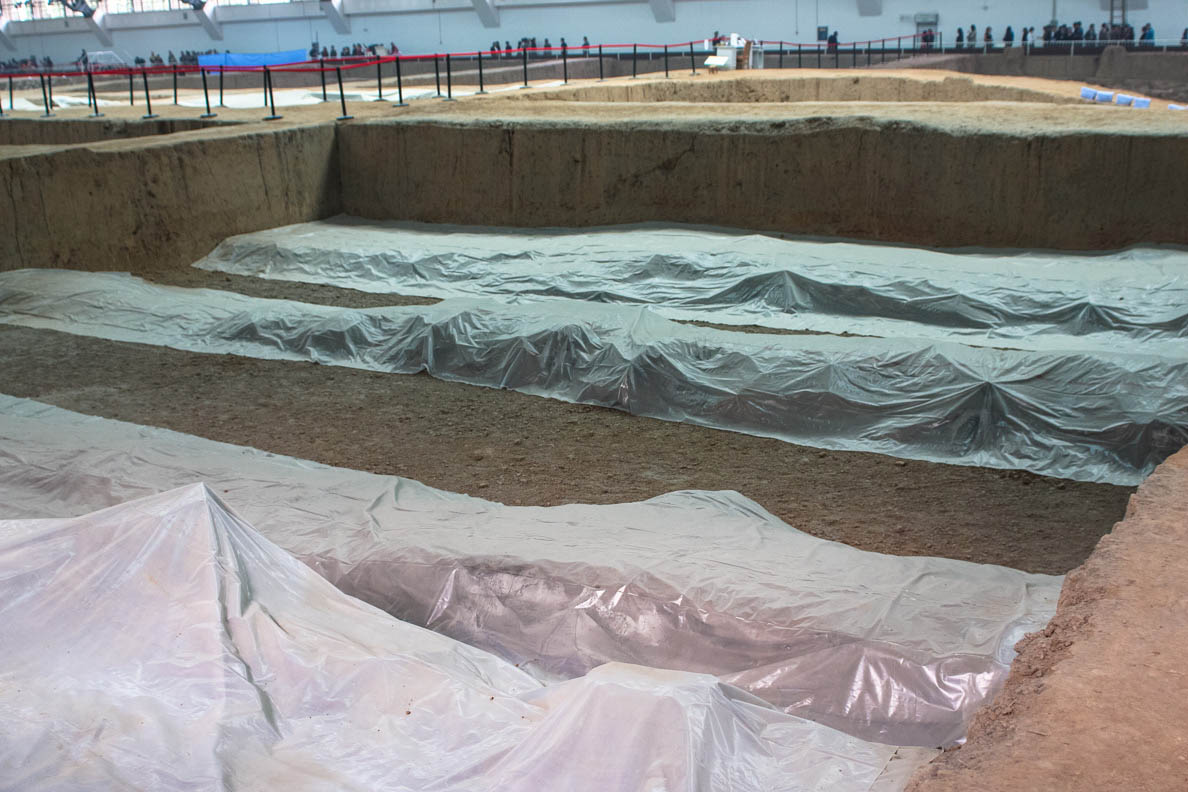
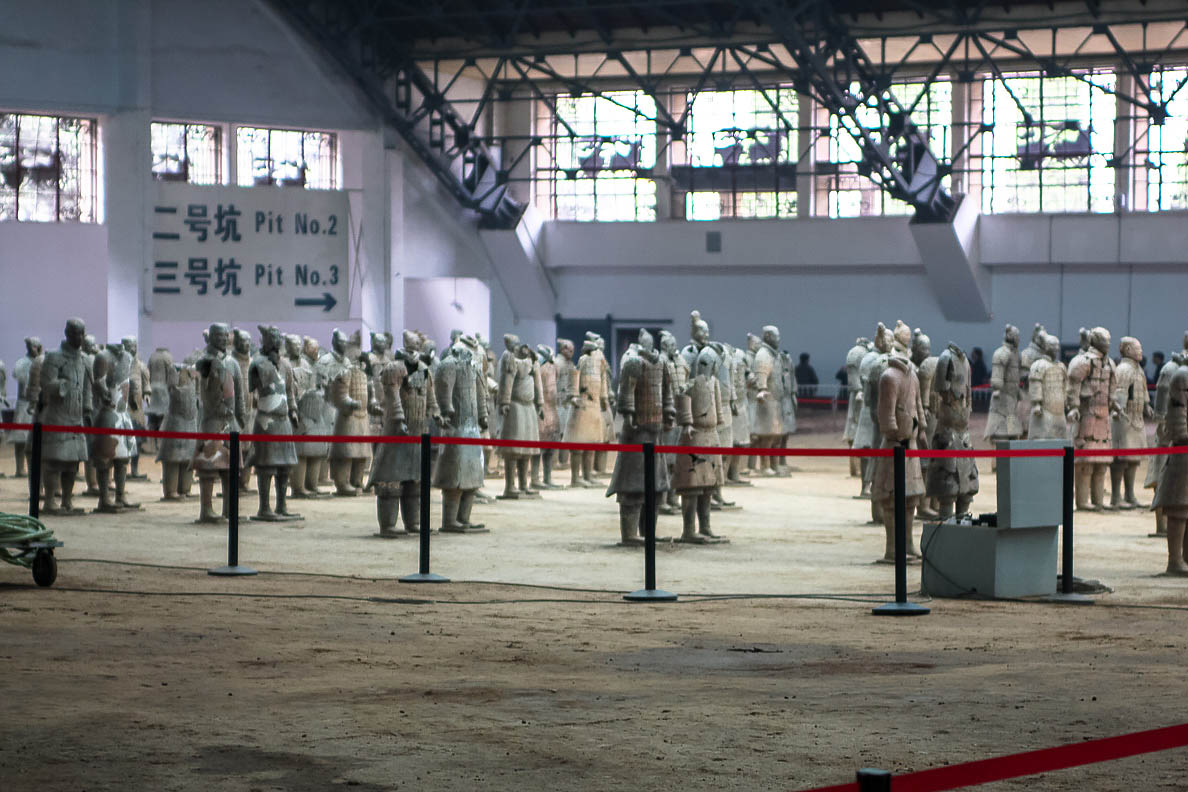

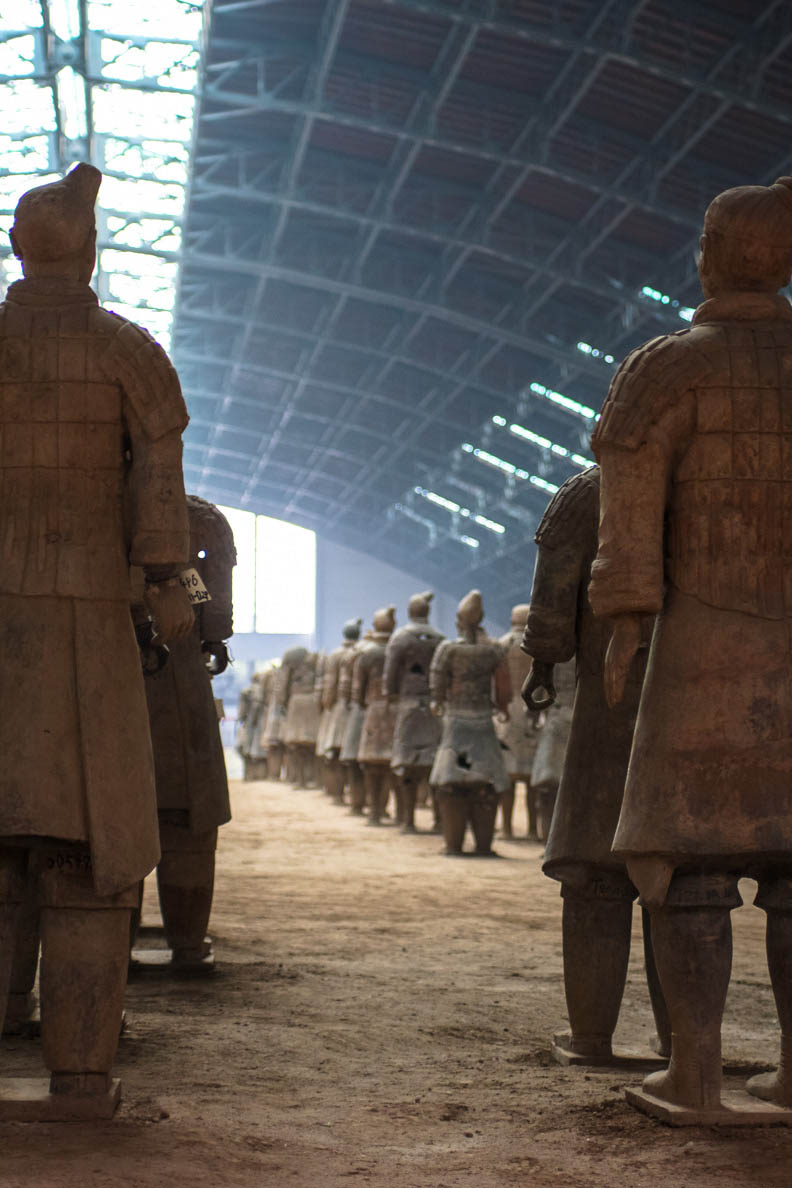
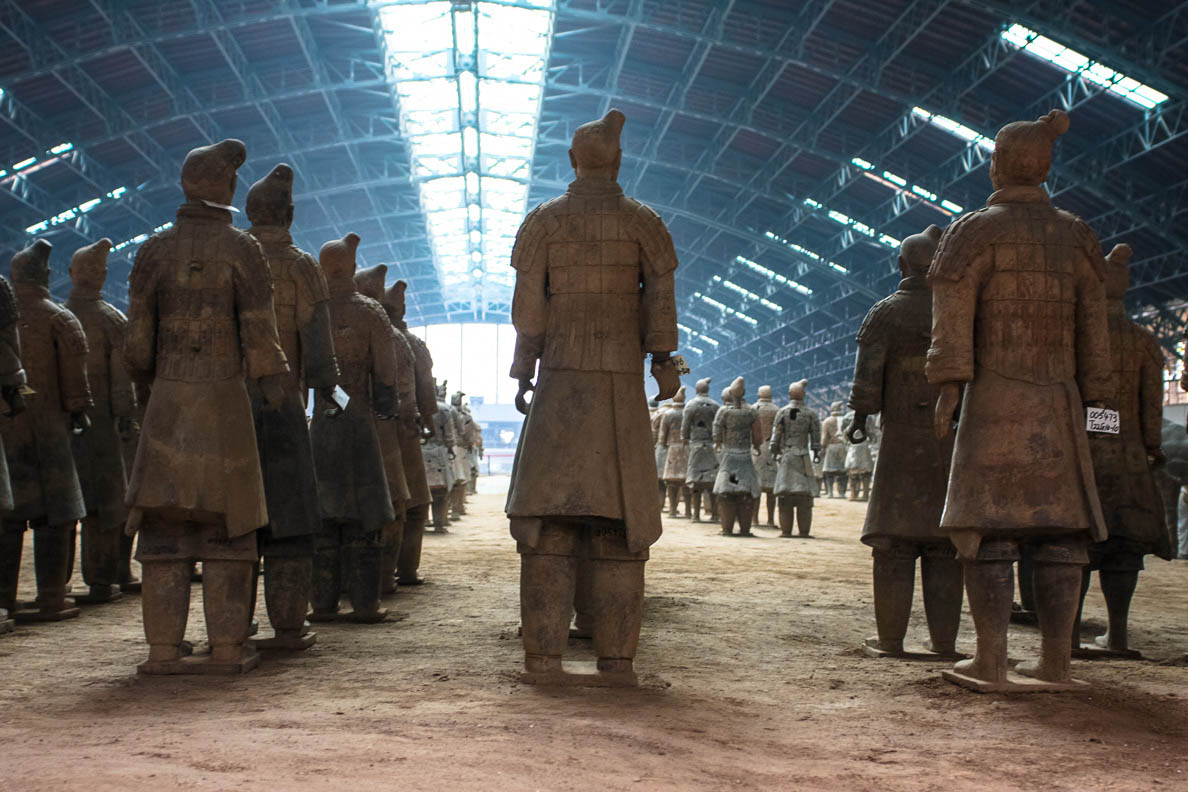
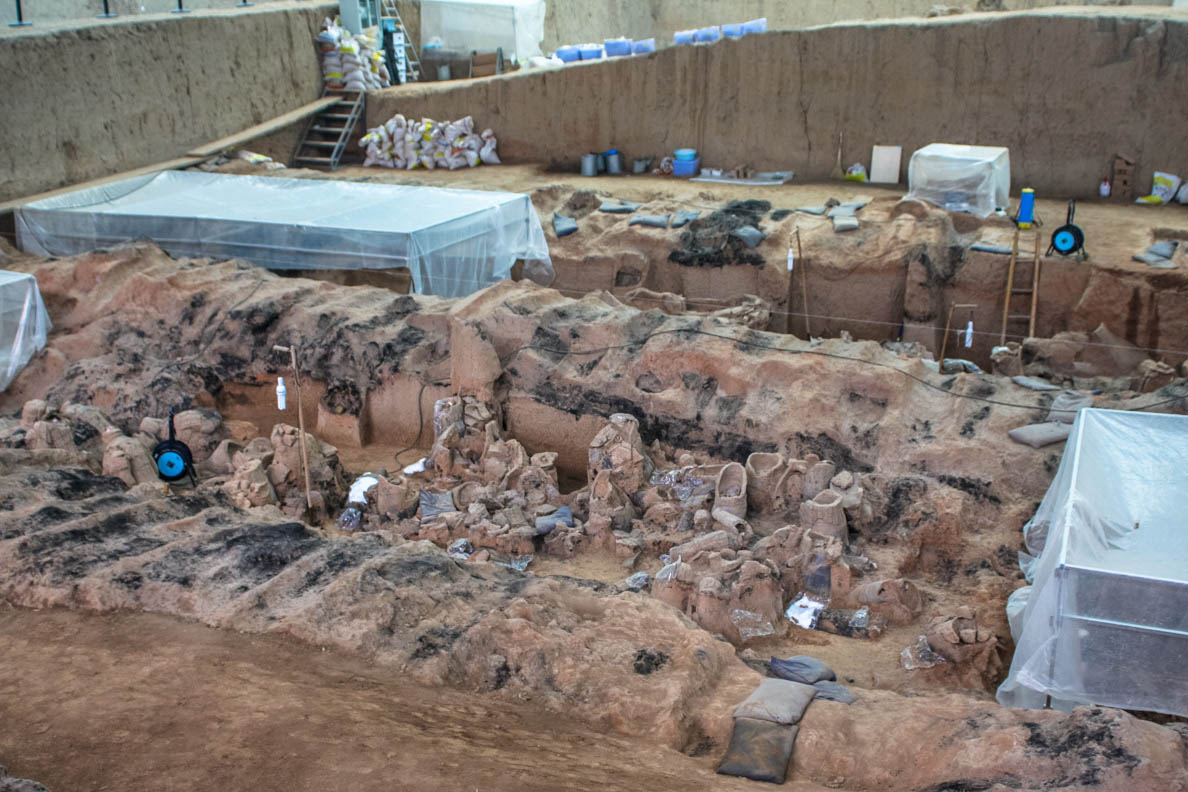
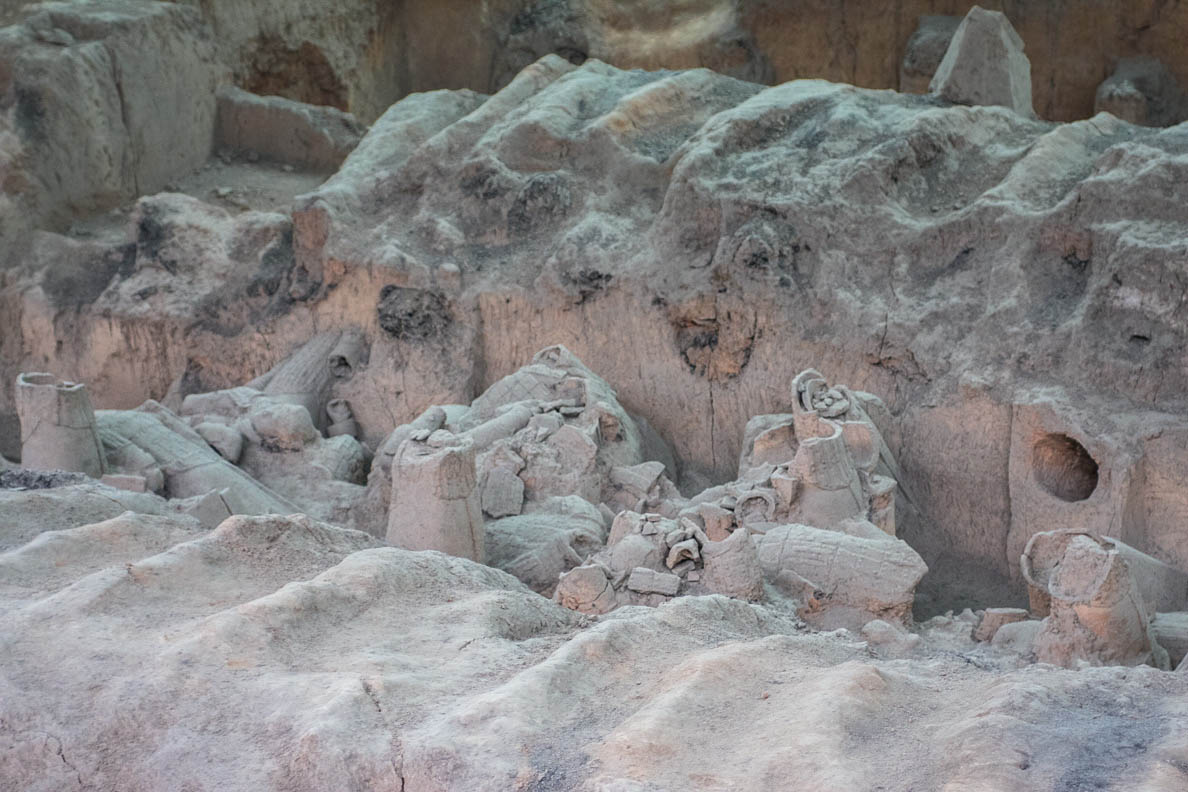
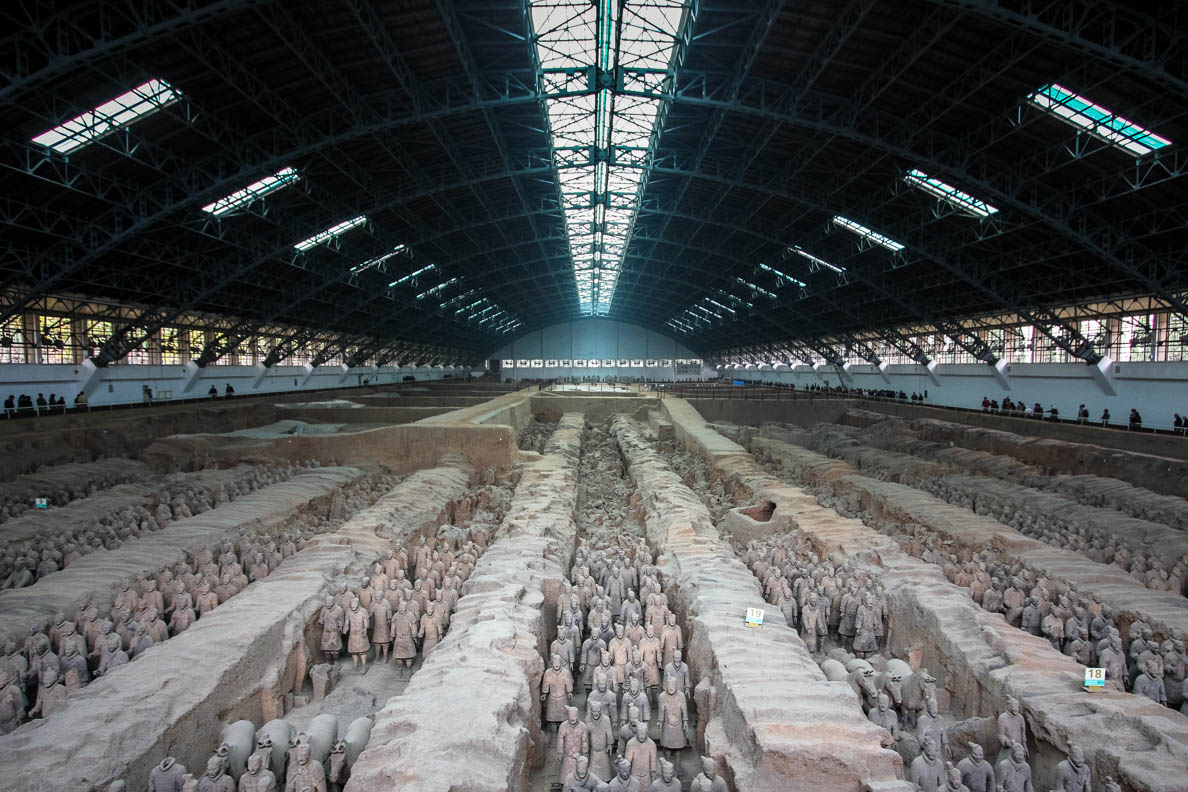
Did you know...
China's First Emperor, Qin Shi Huang 秦始皇 is responsible for two of it’s famous tourist attractions: The Terracotta Army and and The Great Wall of China (he was the first to build a wall to protect against warring tribes from the North). Along with above two he also unified China, becoming Qin Dynasty (秦朝) and standardizing writing and currency as part of his legacy.
